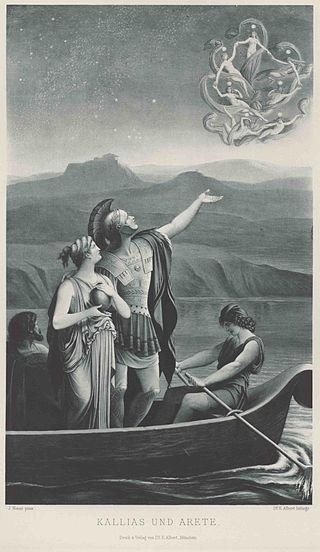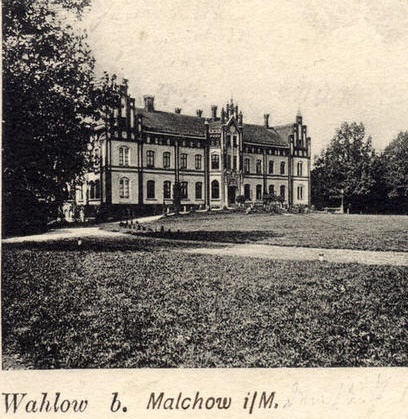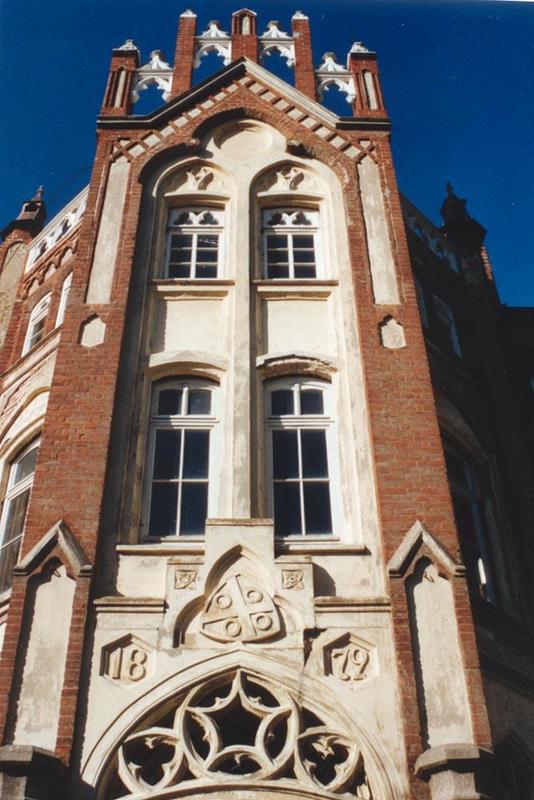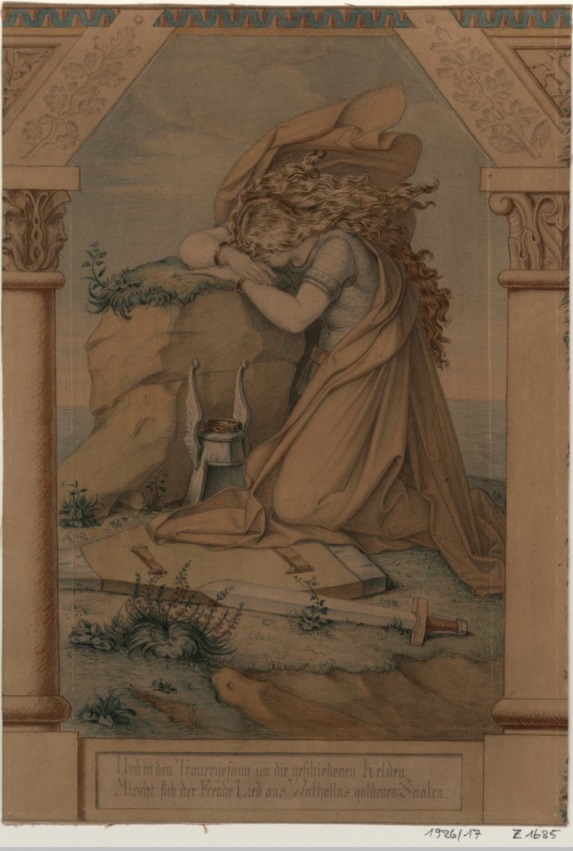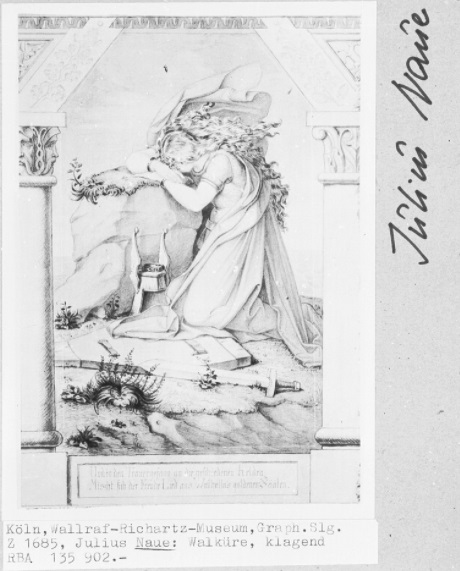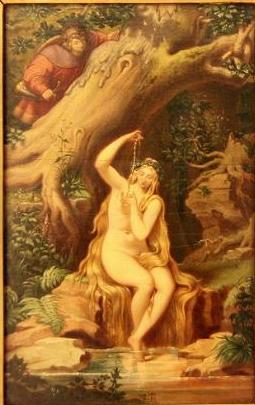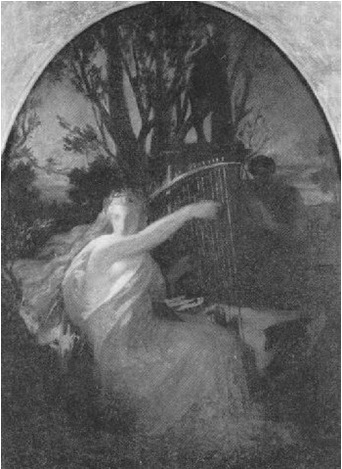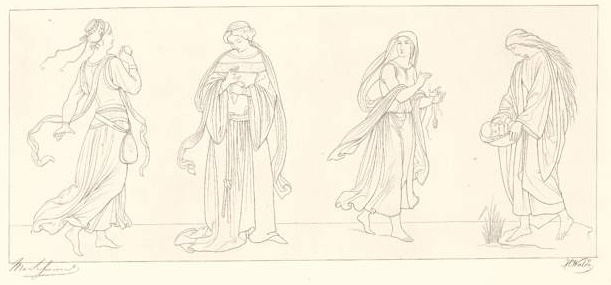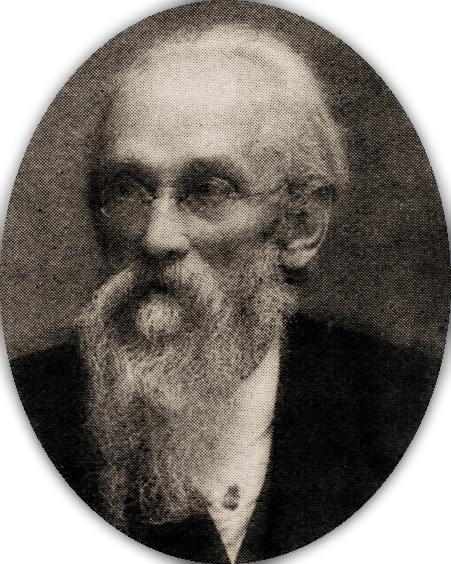THE LOST MASTERPIECES
The Fate of the Gods from the German Heroic Saga (1877)
& Helgi and Sigrun (1879)
Plus a Biography and Bibliography of the prolific History Painter.
See Also: Germanischen Heldenkönige der Völkerwanderung
[HOME][POPULAR RETELLINGS]
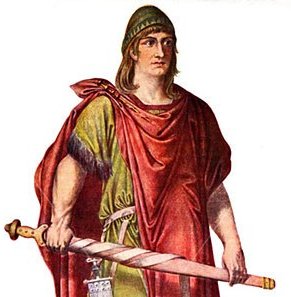 |
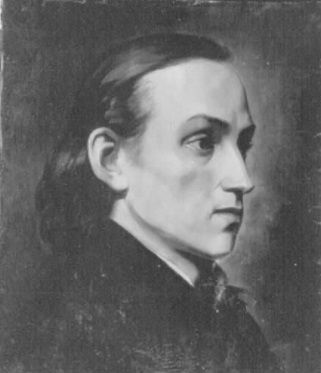 |
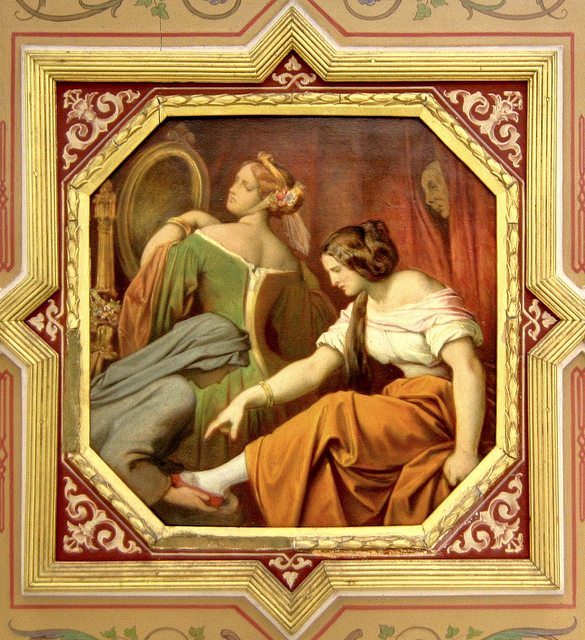 |
|||||||||||||||||||||||||||||||||||||||||||||
| Julius Naue by Jakob Wild Strum, 1856 | |||||||||||||||||||||||||||||||||||||||||||||||
|
A PORTRAIT OF THE ARTIST |
|||||||||||||||||||||||||||||||||||||||||||||||
|
Born June 17, 1835 (died 1907) as Julius Erdmann August Naue in Köthen, Julius Naue was a German painter, illustrator and archaeologist primarily known for his illustrations of archaeological subjects and historic Germanic costumes. He also executed at least three murals based on Nordic myth and legend in private homes. At present, these works appear to be lost leaving few traces in the public record, other than detailed descriptions of those works in Paul Hermanowski's Die Deutsche Götterlehre und ihre Verwertung in Kunst und Dichtung, Volumes 1-2 "The German Mythology and its Use in Art and Poetry" (1874). Due to unfortunate circumstances, he was unable to devote himself to art until late. His curriculum vitae shows that Naue left the high school in his hometown Köthen at the request of his parents without a degree. He completed an apprenticeship as a bookseller in Köthen, then in Nuremberg with August von Kreling, and later in Munich with Moritz von Schwind for artistic training. As a student of von Kreling, Naue mainly studied nature and Albrecht Dürer whose great passion he later reproduced as woodcuts. He moved to Munich, where Moritz von Schwind accepted him among his students. Naue came to work for von Schwind in Munich where he remained until 1866. His first picture under the direction of his new master was an Annunciation of the Virgin, which received general recognition at the exhibition of the Historical Art Association in Prague in 1862. With his picture "The Nordic Saga" (watercolor, 1864) , he entered the realm of Romanticism. This was followed by his The Toad Ring in 1865. In recent times, he composed 8 cartons for frescoes for the Villa Lingg —figures from Lingg's epic depicting the Great Migration in the spirit of the poem. After his master's death in the late 1860s, Naue executed a third variant of Schwind’s Cinderella cycle, presenting his audience with six monumental paintings retelling the gripping story of Cinderella, her brave suffering and glorious redemption. He co-authored a biography of von Schwind and also made etchings and drawings for woodcuts after Moritz von Schwind, painted cycles of epic murals in private residences based on Greek and Germanic mythology, as well as embarked on archeaological endeveavors. Naue devoted himself to more detailed studies, partially ancient, especially Greek, numismatics partially the pre-Roman antiquities of Bavaria; his work in these fields was the basis upon which he applied for a doctorate of philosophy at the University of Tübingen in 1887. [Source: Mark Schmidt, Alte Akten – Neue Gräber? Marginalien zu Julius Naue und Johannes Dorn, 2006.]
In 1868, the wealthy merchant Heinrich Lingg, the brother of the German poet Hermann Lingg [pictured], had returned from America and bought a plot of land in a beautiful bay on Lake Constance near Lindau and built a villa on it. When the building was finished, he privately commissioned Julius Naue to adorn the principle chamber of Villa Lingg with eight monumental frescoes, each seven feet in height, illustrative of Lingg's popular poem, Die Völkerwanderung (The Migration of Peoples). 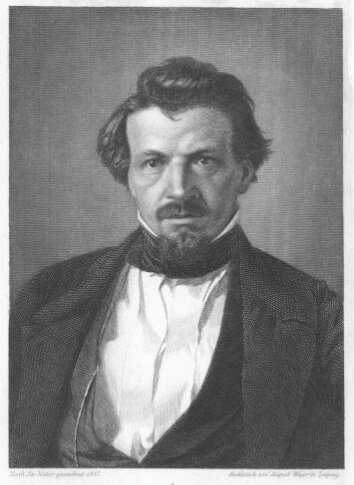 A trip to the old Italian city of Ravenna was planned for the
studies necessary for the paintings in the company of Hermann
and Heinrich Lingg. The city is particularly strange and
alluring for Germans. Here the Cheruscan Arminius son was
brought as a prisoner, kings of the Goths and Longobards ruled
here, and in Verona the heroic songs of the Migration Period
were heard at court. The stories of Alboin and Dietrich von Bern
reside there, because Bern was Verona. According to Hermann
Lingg's diary, they had a very comfortable stay, visiting old
Byzantine churches with their portraits of people, the districts
named after the Goth king, his tomb and the remains of his
palace. On the way home, they visited Florence, where they
admired the galleries, then returned to Germany without further
stay. Afterward, Naue remained in Lindau to apply the studies
made in Italy to his frescoes in Villa Ling.
A trip to the old Italian city of Ravenna was planned for the
studies necessary for the paintings in the company of Hermann
and Heinrich Lingg. The city is particularly strange and
alluring for Germans. Here the Cheruscan Arminius son was
brought as a prisoner, kings of the Goths and Longobards ruled
here, and in Verona the heroic songs of the Migration Period
were heard at court. The stories of Alboin and Dietrich von Bern
reside there, because Bern was Verona. According to Hermann
Lingg's diary, they had a very comfortable stay, visiting old
Byzantine churches with their portraits of people, the districts
named after the Goth king, his tomb and the remains of his
palace. On the way home, they visited Florence, where they
admired the galleries, then returned to Germany without further
stay. Afterward, Naue remained in Lindau to apply the studies
made in Italy to his frescoes in Villa Ling. That same year, painter Julius Naue exhibited eight cartoons at an art expo in Munich which were to be painted al fresco in the villa of the merchant Lingg in Lindau. The subject is composed of the most outstanding heroes from the Great Migration. The walls to the hall entrance will be decorated with figures representing Rome (Roma), Germania, and six great Germanic Hero-kings of the Migration period [Die 6 grössten germanischen Heldenkönige der Völkerwanderung], including Alaric at Rome, Odoacer surrendering Ravenna to Theodoric, the Frank Chlodwig, the Lombard Alboin, Geiserich the King of the Vandals, and other chief personages and events of that era. These figures with their characteristic emblems stand in round arches around which festoons wind, and show good characterization, Chlodwig and Albion are especially well executed. Ferdinand Gregorovius, a vistor to the home in late September of 1868 remarked, "Visited the villa of Lingg, a merchant and brother of the poet of Völkerwanderungen. He has some of the barbarian kings of the poem painted in fresco in his room beside the Germania and Roma of which he seems not a little proud." Today Villa Lingg, at Schachener Straße 103, Lindau im Bodensee, is described as the former summer residence of the physician Heinrich Lingg, a late classicist cross-gable building after the mid-19th century, with flat gable roofs projecting on the lakeside, Belvedere structure with tower of stairs; interior frescoes by Julius Naue around 1870; associated greenhouse and octagonal bathing house on the harbor. So all or some of the frescos are still there. (Source: Über Land und Meer: allgemeine illustrirte Zeitung 1868).
Architectural Drawing for Villa Lingg (1868) 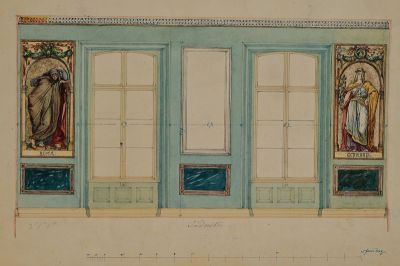
The Mourning Roma (Left) and the
Triumphant Germania (Right)
Four motifs: Roma, Germania, Odoacer, and Theodoric, each titled and dated 4 June 1867.
Then on the west wall the curly blonde Eastgoth Alarich and the Vandal Geiserich follow, the first in stoic demeanor, the other in violent motion. Alaric has a wolfskin thrown over his shoulders as a mantel, leather hugs his body tightly, and over it his armor. His head, which bears the royal crown, tops a wonderfully powerful figure that leans on his halberd, which appears to have grown out of the ground. Quite different is Geiserich, whose raw Vandal-nature is expressed in the broad structure of his body and his impetuous, passionate mood. His right foot rests on a broken column. In his right hand, he holds a mace raised menacingly, with a wild excitement in his eyes, his whole being breathes obstinacy. His is the barbarianism that resorts to brute force. He wears a long garment with oriental ornamentation, the cloak thrown over it flutters behind him, his head is covered by the Phrygian cap, over it is the crown of Jugurtha —the barbarian on the throne.
The north wall is occupied by the Franconian Clovis [Chlodwig, Chlodvig] and the Longobard Alboin, along with the Germania, perhaps the best and most characteristic figures of the entire cycle. The seriousness that the figure Clovis exudes is enhanced by the dark, heavy color in which it is painted. On his troubled forehead one can read his many internal struggles. A luminous figure, on the other hand, is that of the Lombard king, Alboin, who stands in youthful beauty and strength, with a holly wreath wrapped around his head, holding a lyre with his left hand, while his right holds up the fateful cup. At first glance one recognizes the multiple relationships which the artist has expressed, since Rosamunde inadvertantly comes to mind.
The final figures of Odoacer, Prince of the Herules, and Theodoric the Great adorn the east wall. Calmness, prudence, and awareness of his goals and objectives characterize the German prince, who delivered the fatal blow to the long withered Roman power, and initiated German world domination for hundreds of years. In Theodorich, the legislature appears to be understood by the scroll he holds with its motto: "Qui amat justitiam amat me" ("Who loves me, loves justice"). The individual images are on a gold background with decorations corresponding to the time, executed within Roman arches over which garlands of flowers and fruits are hung.
|
|||||||||||||||||||||||||||||||||||||||||||||||
|
THE
LOST MASTERPIECE
Das Schicksal der Götter nach der Deutschen Heldensage (1877) —The Fate of the Gods from the German Heroic Saga— "A large and very lovely Fresco-cycle" |
|||||||||||||||||||||||||||||||||||||||||||||||
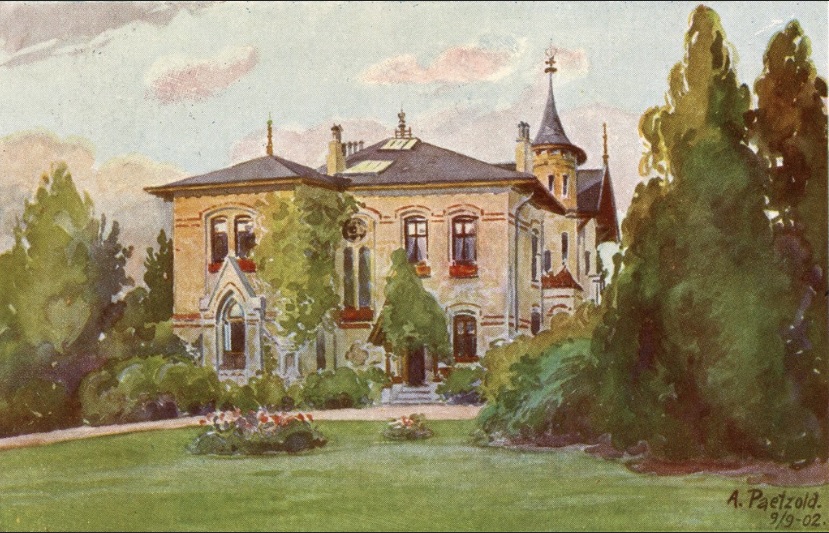 Die Haus Hauhopen The personal residence of Arnold Otto Meyer |
|||||||||||||||||||||||||||||||||||||||||||||||
|
|||||||||||||||||||||||||||||||||||||||||||||||
|
The following account is Dr. Paul
Hermanowski's description
of the fresco-cycle at Haus Hauhopen from 1891: The next picture shows the joyous Aesir in the Age of Innocence, when they lived without restrainst and without longing. They play games on the serene Ida-field and throw lots for prophecy. We now see in the picture, the Aesir at their favorite ball games; Baldur the beautiful looks on. Right of Odin, occupying the center of the group, Thor sits with red hair and beard. Loki, sits to the far left. He listens and looks off into the distance, where three giantesses, the three weird sisters, approach with an evil gift, the gold. |
|||||||||||||||||||||||||||||||||||||||||||||||
| A Reconstruction of Historic Costume: The Germans (1894) | |||||||||||||||||||||||||||||||||||||||||||||||
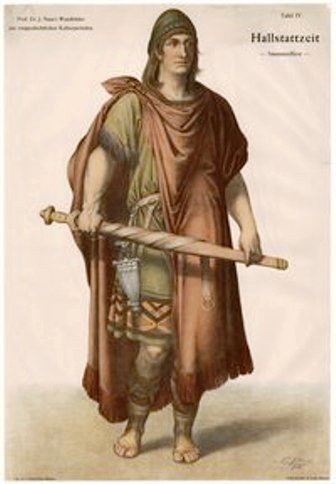 |
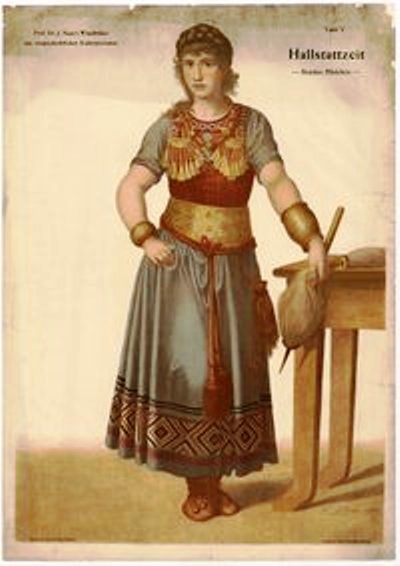 |
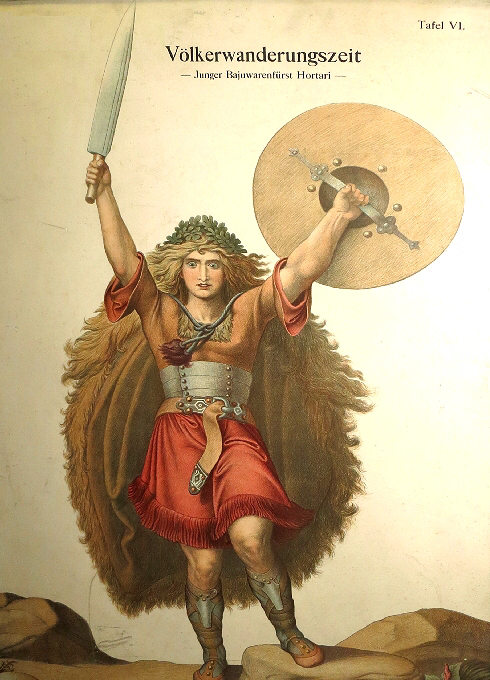 |
|||||||||||||||||||||||||||||||||||||||||||||
|
Hallstatt Period: Tribal Prince |
Hallstatt Period: The Rich Girl |
The Migration Period: Young Bavarian Prince Hortari |
|||||||||||||||||||||||||||||||||||||||||||||
|
The most handsome and most beloved of the Aesir is Baldur,
blameless and
pure of mind.
And yet, he will be first of the gods to die.
Bad dreams warned him that he will die soon.
His mother Frigg takes oaths from all things and beings not to
harm her son—
all except a small mistletoe shrub that grew on an old oak tree,
that she
had taken as too young and too weak to recite an oath.
Loki learned of this.
To the delight of the gods, Baldur always
remains unharmed whenever they shot at him with spears. Loki reached Baldur's brother, the blind but strong Hödur, whom Frigg also bore to Odin. Loki has the mistletoe made strong by his magic, and invites Baldur's brother to offer him honor, as everyone else does, and to shoot at him. He directs Hödur's aim and Baldur falls to the ground dead with an arrow to his heart as shown in the sixth image. His wife Nanna also dies. Grief rips through her body. Horrified, Frigg tears her hair. The gods and goddesses are crying. Thor raises his hand, threatening Loki.
Loki flees full of malicious glee. But Odin, Thor and Heimdall track him. Hidden away in a waterfall, they find him. But then he escapes as a salmon into the water. Thor grabs it and holds him in spite of all his curling and bucking. The seventh picture illustrates this. The following picture shows Loki's punishment. He is tied to a piece of rock. He lies there in his actual form, a venom-dripping snake hung above his head. Standing next to him, his wife Sigyn kneels over his face holding a bowl to catch the poison drops. So he lies until the twilight of the gods. The final battle can be seen on the next painting. The Aesir arm themselves. Heimdall, sitting on the rainbow bridge, hears the cry of the red-brown cock and blows the Gjallarhorn. His red and yellow hair blows about wildly. With one hand he points downward, where giants with fists raised against the gods, already approach, storming the castle. Close beside him is Tyr, the youthful god of war. He grips his sword tighter. Beside him, as the first against the giants, sits Vidar, Odin's avenger. Above Heimdall, Freyja, clad in shield and falcon dress, flies ahead like a Valkyrie to the pending fight. Thor is close behind her, the belt of strength around his waist, the hammer in his iron-gloved right hand, and the left comforting his wife, Sif. Full of anxiety, she has sunk to her knees. Odin is behind Thor, holding the spear Gungnir upright in his hand. A helmet covers his white head, and his two ravens sit on his shoulders. To his left, Frigg kneels silently. Gefion holds her head in her bosom. In the background Freyr, also armed with helmet and spear, embraces his wife Gerda, the daughter of the giant Gymir, farewell. She clings lovingly to him.
Naue does not represent the battle on the Vigrid feld. "Der seligen Götter Wiedersehen in Walhalla" ("The Blessed Gods Farewell to Valhalla") is the title of the last group of images on the frieze. The fiends are cast down forever, the gods are happy again and cheerful as in the time of innocence. On Freyja's hand, we see Odur who was seriously punished for his sacrilege. Bragi, god of poetry, brings back Idun, who as Ragnarok began fell into the dark depths of the night, with the golden apples of the gods. Wreaths surround Bragi's gray head. Baldur, who is kneeling in front of Idun, receives the first rejuvenating gift from the goddess' hand, at the request of Nanna, who is next to him. Freyr and Gerda, who are next, approach, as Sif and Tyr, are next in the background. Ægir the old, who has leisurely taken a seat at the table looks upon them benevolently, as well as the Queen of Heaven Frigg, who now wears a crown, and Vidar. Odin, carrying his scepter sits on his high seat at the head of the table, while Thor, sitting opposite to Ægir, dedicates the cup in his hand as a welcoming drink. His left hand lifts the cup high, the right holds a pitcher. As the frieze began with Hel, the daughter of the jötun-woman Angurboda, so too it ends with the image of a giant, namely Hräsvelger, who sits on a rock towering into the clouds, causing the storm winds to blow over earth. Big and strong is the construction of his unclothed body.
On the following zwickel, which is above the second painting, we see Frigg, Odin's wife. She has golden hair. In her right hand, she holds a scepter. Jewelry adorns her neck. The next lunette shows the giant Egdir (Eggthir) with the harp. In the following zwickel, we find Frigg shown with her foremost servant Fulla. She keeps the goddess' jewelry-box and tends to her footwear. Therefore, she kneels at the feet of her mistress.
The next lunette shows Mimir and his sons. He sits at the well of primeval wisdom, drinking the holy water every day, multiplying his knowledge. Odin himself came to Mimir, who gave him a drink from the fountain of wisdom, in exchange for one of his eyes in pledge. From the crescent-shaped horns, which Mimir uses to draw water, he drinks. His three sons, their heads wreathed with reeds, lift him half out of the water. Now follows in the zwickel "Holda, the Spinner." In the north, in Sweden, Frigg, the goddess of marriage and the hearth, is both the teacher and patron of spinning. Still in the mouths of the people, the three stars which form the belt of the constellation of Orion, are known as "Frigg's distaff." In central Germany, the goddess is called Holda or Frau Holle. In her left hand she holds the distaff, while holding the coil of thread in her right.
In the next zwickel, "Holda, the protector of the unborn child" is represented. A number of small beings wriggle on her bosom, and she waves a large cloth over her head, to protect the little ones. 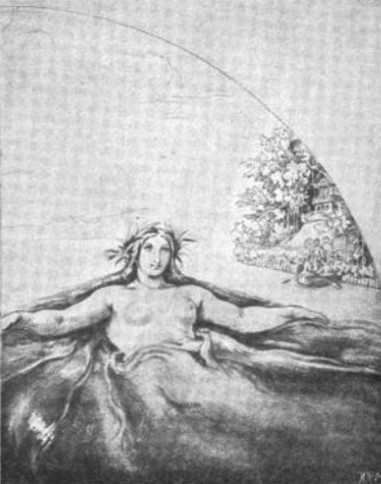 She was the protector
of the unborn
or prematurely deceased children. She waits in the depth of wells and lakes where she
has gardens and meadows. Still today we hear of fountains and
lakes from which the stork or in Low German
the "child-bringer" brings up the children's souls,
as they
enter into the physical world. She was the protector
of the unborn
or prematurely deceased children. She waits in the depth of wells and lakes where she
has gardens and meadows. Still today we hear of fountains and
lakes from which the stork or in Low German
the "child-bringer" brings up the children's souls,
as they
enter into the physical world. Holda lived in wells and lakes. And so, in the next zwickel, Naue shows "Holda climbing down into her bath." No robe envelops her limbs, but almost to her feet, her yellow hair wraps about her. Happily, she combs it after her bath. Between the first and second zwickel is a picture of Holda. The lunette represents how the giant robbed the sleeping Thor of his hammer. To the left, we see Thor and his wife Sif napping, while on the right, the giant Thrym holds the dreaded hammer in his right hand, and scornfully waves goodbye with the other. The next morning, Thor and with him all of the Aesir are shocked and dismayed. If they lack this formidable weapon, they will soon be powerless against the giants. Loki, equipped with Freyja’s falcon dress, spots the robber, who welcomes him into Jotunheim without haste. He had stolen the hammer, and to Loki's inner joy, because he only desires evil for the Aesir. The giant adds that he will return it only on the condition that the Aesir give him Freyja as wife. "Loki by the giants" (Loki beim Riesen) therefore is the name of this new stitchkappe.
The marriage will be blessed, as was the custom, with the hammer. Thrym barely lays Mjöllnir in the bosom of the bride, when Thor grabs the weapon and slays the giant and his clan. "Thor smashed the giant and his sister" (Thor zerschmettert den Riesen n. seine Schwester) is therefore the name of this lunette. Loki looks indifferent to this spectacle, sitting next to Thor.
In the zwickel between these two stichkappes are shown "Freyja, the goddess of love, and her handmaidens" (Freyja, die Göttin der Liebe, und ihre Dienerinnen). Three young women are busy by their seated mistress. The one on the left turns her radiant necklace Brisingamen; the one on the right does her hair, and behind them, a third, holds up a bowl. In the next zwickel follows "Freyja equipped as the leader of the Valkyries," (Freyja als Anführerin der Walküren). A breastplate covers her chest. In her right hand, she holds a sword high; a helmet covers her head, and falcon wings spread out on both sides of her back. In the next stitchkappe, we see Baldur sunk down in his bright garb alongside Odin. With his left hand, Baldur supports his head thoughtfully, and points upwards with his right hand to the dreams that have frightened him for some time. He tells this to Odin, who seems to calm and comfort him. In the zwickel, we find Freyja, her hands raised plaintively, floating through all the worlds searching for her lost husband Odur.
The following lunette is called "Thor weist bei Ögir den bösen Loki fort" ("Thor, at Aegir's, drives the evil Loki away"). At a recent drinking feast at Ægir's — he annually gave the gods a feast — Loki abused each of the Aesir, heaping guilt and shame on them until Thor came and threateningly drove the toxic blasphemer away. Loki now bears revenge and misfortune in his heart. In the next stitchkappe, we see the the mistletoe, Baldur's destroyer. On the previous zwickel, we saw Gefion, the virginal "Goddess of Innocence," who like the gods, namely Frigg and Sif and Odin and Thor, have come to comfort Nanna, grieving for her murdered husband Baldur. But all consolation is in vain. The following stitchkappe shows how Nanna, once the pyre is built and Baldur is placed on it, falls onto it in the middle of the flames. In the next zwickel, we see "Syn, the goddess of silence." She has a long robe and a veil over her head. She holds the index finger of her right hand up to her mouth as a sign of silence. The seated figure holds a large set of keys over her bosom.
On the following stichkappe is "How Thor petrified the dwarf Alwis at sunrise," ["Wie Thor bei aufgehender Sonne den Zwerg Alwis versteinert"]. He was a wise, gold-rich ruler in Swartalfaheim. When he once came to Asgard, he was well received by the Aesir. Because his great wealth, power and knowledge was probably was known to them. Seeing the magnificent Thrud, Thor's daughter, and burning with love, he wanted to marry her. The connection with the underground treasures of the kings seemed good to the Aesir, and because they thought that Thor would have no objection have, the day of the wedding was set. However, as Thor, who was away on a journey, returned and he refused to give his consent to the marriage. When the dwarf persisted, Thor demanding samples of his wisdom, asked questions. But the more Thor asked, the more the dwarf could answer, until at the break of day, touched by the bright rays of the sun, Alvis turned to stone. In the picture, you can now see his head and beard and torso solidify. The lower part is already turned to stone. In the next zwickel, Sif, Thor's wife, appears as "goddess of the harvest." She holds a sickle in her left hand, a sheaf of corn in her right hand.
The following lunette titled "Allvater bei Mimir Rat holend" ("All-father takes counsel from Mimir") shows Odin by Mimir. Through Baldur's death and because Loki, his former blood brother, is imprisoned, Odin rides restlessly, knowing Ragnarok lay ahead, to the wise Mimir, to consult with him. His stallion Sleipnir waits impatiently, pawing the ground, while Odin stoops talking to Mimir. Reeds wreath his head, and a water-colored bluish beard flows deep down on his chest. In the next zwickel, we see "Skadi, Njörder's wife, seen leaving her husband in the icebergs, travels and hunts on ice-skates," (Skadi, Niörders Gemahlin, die fern vom Gatten in die Eisberge zieht, Schlittschuh fährt und jagt). She has a spear in her hand. In Asgard, she won Njord as her husband, the god of summer seas. But she did not wish to dwell in his castle Noatun on the sea-shore where the gulls screamed and sang the swans, nor he in her home Thrymheim, where icebergs loomed and wolves howled. Nine nights they had stayed here and then nine in Noatun. But even so, they could not stand it. Therefore, they broke their marriage covenant and now each inhabits their usual abode.
In the next zwickel we see Idun, the goddess of unfading youth, holding the bowl with the rejuvenating apples, out with her right hand. A floral wreath adorns her head. "The handsome god of light Freyr, who has sat on Odin's high seat, shows his sister Freyja, the goddess of love, the radiant charm of Gerda" ("Dem schönen Lichtgott Freyr, der sich auf Odins Hochsitz gesetzt hat, zeigt seine Schwester Freyja, die Liebesgöttin, die von Anmut strahlende Gerda"), is the theme of the following stichkappe. Gerda was the daughter of the giant Gymir. She was a dazzlingly beautiful maiden. Freyr, who had once set on Odin's high seat Hlidskialf from where one could see all the worlds, saw her. In Jotun-home she walked. Her white arms illuminated the air and water. The image of the maiden remained in Freyr's soul, and deep, marrow -consuming love-sickness seized the youth, who had dared to sit in the place that only the most High must occupy. Profoundly sad, he went along and said nothing. So his anxious father Njord sent Skirnir, one of his most faithful servants, to his son to ask him the reason for his gloom. Freyr finally admitted, how hopelessly he loved Gerda. The Aesir would hardly consent that he woo the daughter of a giant, and that this will have serious consequences and reject him. Then Skirnir volunteered to woo Gerda for him with his steed, which carries its rider even through waferlogi, and his sword, which fights by itself if wielded by a fearless man. Skirnir receives both.
He hurries now toward Gymir's gard, encircled by a mighty fence, guarded by raging dogs, with a ring of fire surrounding Gerda's dwelling. A shepherd seated on a nearby hill, warns the bold rider against penetrating the wood further. Undismayed, Skirnir spurs the horse with the thundering hoofbeats. The whole of Gymir's homestead quakes. Gerda sends a maid from the room to discover the source of the noise. She reports that it is Skirnir and states his errand. This is the subject of the next stitchkappe. First Skirnir offers Gerda all kinds of gifts to wrest her consent that she would be Freyr life companion: eleven golden apples, then the gold ring of the dwarves. This we see in the picture, Skirnir it with his right hand, while with his left, he also indicates where in the diatance that Gerda should follow him. A helmet covers his head. The strong sword hangs on his left. But Gerda, shadowed by a handmaiden, makes a defensive move with her right hand. She cannot be bribed with gifts. She will not fear, even violence, for her father will protect her. Skirnir threatens the maiden with magic runes and proclaims evil upon evil for her. Now the maiden, driven by terrible compulsion, changes her mind, and pledges to, in nine nights, by the grove Barri, expect Freyr and give him her love. The following stichkappe is entitled "Gerda erwartet Freir im Walde Bari" ("Gerda awaits Freyr in the grove Barri"). There we see the dazzling white Gerda, naked, covered only by her long, golden hair. She sits by water with her feet dangling down, turned toward Freyr. Her right hand longingly reaches out, wrapped in a red robe. The light of a golden diadem halos her head.
The following stichkappe contains Groa's blessing. Her son has summoned the Seer from death's door. He calls out, and she now speaks nine healing charms over him. Their shapes and their faces are hidden in part. With blessings, she spreads her hands over her son, who is sunk down in front of her and leans his head down on his hands, which he has placed crosswise on a stone. The zwickel also portrays a blessing. "Thor Blessing Idun's and Bragi's marriage." These two are festively crowned and Thor's hammer lies in consecration over Idun's bosom. As the couple sits in front of him, Thor raises his hands in blessing. Behind Thor, is Odin. Behind him are two pairs of goddesses. The inference of the whole cycle is that of the initial image, "Night." Now the last Stitchkappe shows "Day," depicted as a man with a flaming torch in one hand and a fluttering, reddish cloth robe. |
|||||||||||||||||||||||||||||||||||||||||||||||
.jpg) Night nourishes Day (Edda) Julius Naue |
|||||||||||||||||||||||||||||||||||||||||||||||
Also known:A single loose drawing from this set appeared in a catalog of drawings in the Arnold Otto Meyer Collection as: Die versammelten nordischen Götter, "The Gathered Norse Gods". Watercolor. Height 43 cm, Width. 55 cm. Sepia. Signed: "Rome. April 14, 1874. J. Naue", with an explanation below "The Nordic gods thank you that Haus Hernhofen has been given a home for them." The "Fate of the Gods according to the Edda": A frieze consisting of 11 sections surmounted by stitchcaps and zwickels, a waterolor cycle by Naue started in Rome in 1874 and then completed in 1877. Figure of a part in Illustr Zietung 1880 Nr. 1918. Difer Salon Bismeyer & Kraus 78. Thor smashes the giant's sister. All-father counseled at Mimirs. Skirnir woos Gerd for Freyr. Gerd waits for Freir in the forest of Bari. Two red pencil compositions for the zwickels of the frieze "The Fate of the Gods" executed for Arnold Otto Meyer in Hamburg. Lokey und der Riese Triem, Holzschnitt von Käseberg. Der König von Utgard
|
|||||||||||||||||||||||||||||||||||||||||||||||
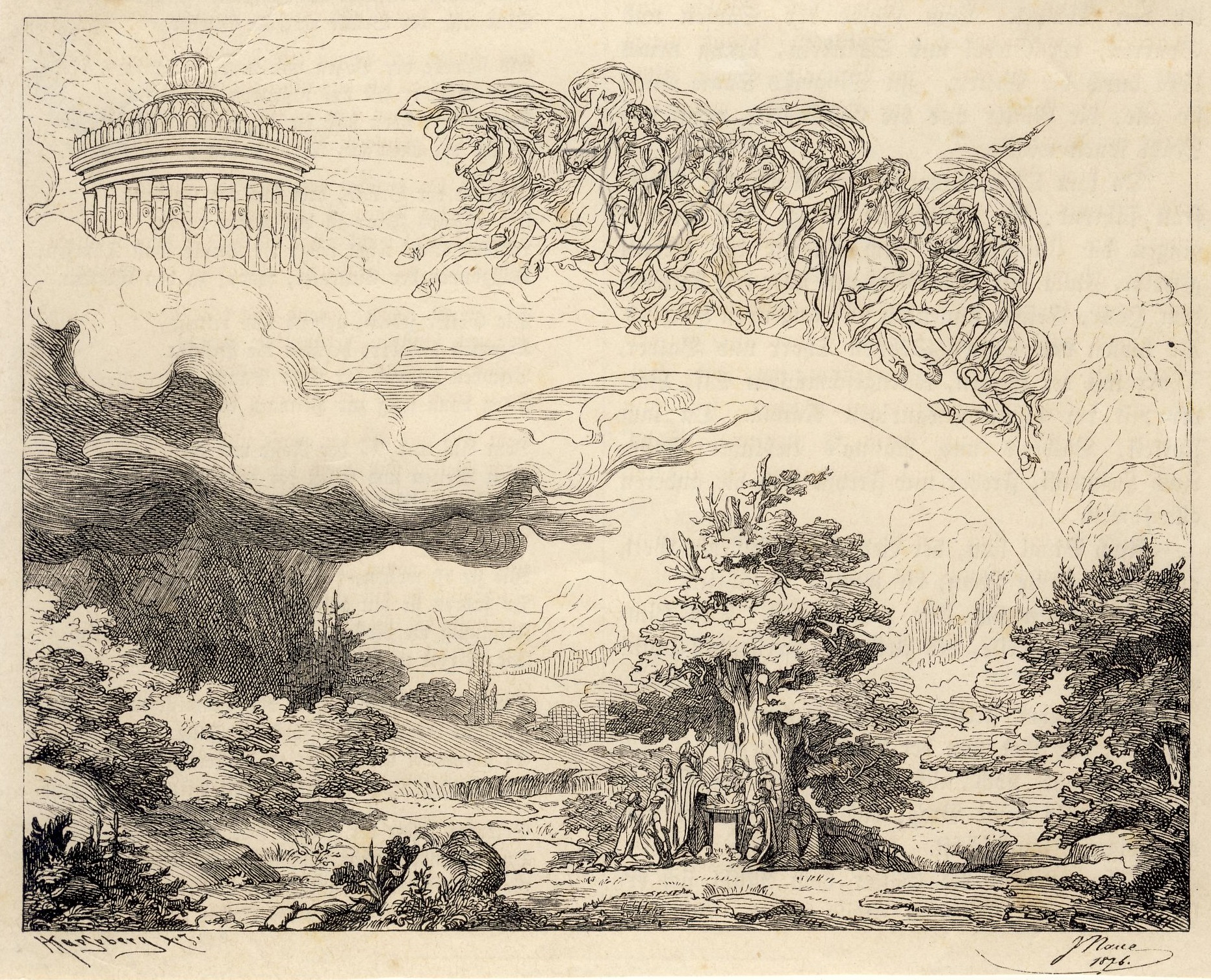 The Procession to Valhalla, 1876 Der Zug nach Walhalla in the Deutsches Märchen- und Wesersagenmuseum |
|||||||||||||||||||||||||||||||||||||||||||||||
|
THE LOST MASTERPIECE HELGI UND SIGRUN (1879) |
|||||||||||||||||||||||||||||||||||||||||||||||
| —Seven Tempera Pictures
from the Eddic Legend— in the von Flotow mansion, Walow by Malchow, in Mecklenburg-Schwerin. |
|||||||||||||||||||||||||||||||||||||||||||||||
|
In
1879, Naue also executed
seven tempera paintings from the Germanic epic "Helgi and
Sigrun" in von
Flotow's castle in Mecklenburg, including images of
the Nordic gods.
A description of this work from
Hermanowski's artbook can also be found below. |
|||||||||||||||||||||||||||||||||||||||||||||||
|
|||||||||||||||||||||||||||||||||||||||||||||||
The von Flotow family belongs to the ancient nobility of Mecklenburg. The first of the family to be mentioned in writing is Godefridus de Vlotowein a document dating from 1241. Walow (or Wahlow) was first mentioned in 1255. The village was owned by the von Flotow family from 1384 until they were expelled after World War II. The von Flotows had the prestigious manor built new in 1879, the year inscribed above the crowned entrance. The neo-Gothic style manor at Schlossstraße 9, 17209, Walow, is richly decorated with elaborate brick ornamentation. Naue glorified the song "Helgi and Sigrun" there in 1879 in a series of seven tempura paintings (described below). After some initial renovation work on the manor in 2006, restoration was suspended. The building stood empty for many years until new owners began to renovate the manor house in the autumn of 2017. So, that begs the question, do the murals still exist? If so, what condition are they in? |
|||||||||||||||||||||||||||||||||||||||||||||||
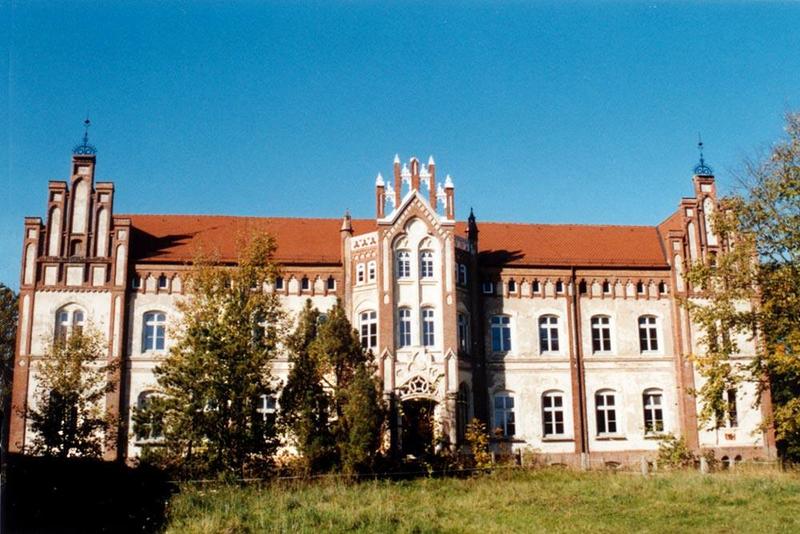 |
|||||||||||||||||||||||||||||||||||||||||||||||
|
Schloss Wahlow by Malchow Dr. Hermanowski's Description of the Seven Tempura Paintings, 1891: No pictures from this cycle are known. The accompanying art is representative of Naue's work. |
|||||||||||||||||||||||||||||||||||||||||||||||
|
The most important gods we find united on one of the seven tempera pictures by which Naue glorified the song of "Helgi and Sigrun" in 1879. "Helgi is brought to the gods by Sigrun" is its signature piece.
We see gods and Einherjar gathered in Valhalla, similar to the types in the paintings of Naue's Edda fresco cycle discussed above. In the middle sits the white-haired Odin. He holds the spear Gungnir upright in his left hand, while making a welcoming motion with his right hand toward the arriving Helgi. To Odin's right sits Thor, with red hair and beard, more good-natured than terrible-looking. In his left hand Thor holds his hammer firmly on his left knee, with his right hand he waves to the new guest, who is introduced by the garlanded Sigrun. To the left of Odin sits Frigg. Right behind Thor stands Tyr with a winged helmet and spear in his left hand. Beside him sits Bragi, his head garlanded, his right hand gripping a harp. On the right and on the left of this group of gods, singers are standing or sitting at tables, drinking the sweet mead from horns and waving with them to the newcomer, while a Valkyrie, this time without swan-wings, carries a cup with mead to Helgi. |
|||||||||||||||||||||||||||||||||||||||||||||||
|
|||||||||||||||||||||||||||||||||||||||||||||||
| Valkyries appear on more
of the tempera murals, even a Valkyrie ride, where the
battle-maidens arrive on their winged steeds as Helgi Hunding's
sons fights, shielded by Sigrun, the Valkyrie, who descended to
him after the battle when he is safe under the Aarstein, and
confesses her love to him. In another picture we see the Norns. It says: "The Norns bless the child Helgi." In a small cradle beside the four-poster bed of its sleeping mother, slumbers a child. A tired nurse is slumped down in a chair beside his bed, her hands laid over her face. The three norns approach the cradle, represented by two younger female figures with spindles in thier hands on the left, and one with a wreath in her hair. At the head of the bed is the third and oldest, all but her face hidden by her gown, has the right to bless the child, aided by the two others, who have bared necks and arms adorned with bangles, holding their hands above Helgi. Three flames in a lamp, at the foot of the four-poster bed, illuminate the room.
King Högni, King Hodbroddr, Sigrun. Three Head-studies in Red Pencil for the Tempera-picture cycle 'Helgi and Sigrun' on the Schlosse Wahlow bei Malchow in Mecklenburg-Schwerin. |
|||||||||||||||||||||||||||||||||||||||||||||||
|
|||||||||||||||||||||||||||||||||||||||||||||||
|
In his preoccupation with history painting, Naue seems to have come into contact with numismatics. According to him, his name was "mentioned in numismatic circles ... with recognition." In an article published in der Berliner Zeitschrift für Numismatik, Vol. VIII, Naue concluded: "The portrait of King Lysimachus of Thrace on Greek coins, it can be demonstrated that on the coins before 306 BC, the head is not that of Lysimachus, but Alexander the Great." He pioneered research into the pre-Roman antiquities of Bavaria. From 1881 to 1886 he examined no less than 460 burial mounds and 40 row graves "in a strictly systematic manner" starting at the Ammersee and "from there going step-by-step to the south to the Rieg- und Staffel-See at the foot of the high mountains." As an archaeologist, Naue made a presentation on prehistoric swords (Die prähistorischen Schwerter), specifically Bronze Age swords, for the Anthropological Society in Munich in 1884. The "Naue" type of Bronze Age sword is named for him. Self-taught, Naue published various smaller treatises for which he proceeded to compile in a dissertation at Tübingen University in 1887, Die Hügelgräber zwischen Ammer- und Staffelsee, for which he earned a doctorate. According to Mark Schmidt (2006), the doctoral application submitted by Naue, as well as the written reports by Herzog allow the correction of a small but evidently widespread error. Contrary to previous biographaphers, [Heierli, 1907; Gummel, 1938; Filip, 1966 and Koschik, 1981], Naue did not earn his doctorate in Tübingen on account of his excavation and scholarly publications, particularly the book "The Barrows Between Ammer and Staffelsee", 1887; Naue himself acknowledged that the lack of regular university studies and other preconditions prevented him from applying for a doctorate. However, the positive reaction to his previous achievements in the field of numismatics and prehistoric research, prompted his request to be classified as "reasonably justified".  Grave of a Seeress near Munich, drawn by Julius Naue In the field of local Bavarian research, Naue is recognized to have made an outstanding contribution. That Naue knew and mastered "the most important German, French, Italian, English and Scandinavian works relevant to the history of the pre-Roman period" can hardly be doubted. Munich owes its prehistoric Museum to Naue's six-year excavation activities and is recognized as such in the journal of the Bavarian Art Trade Association, 1887, issue 3. On the occasion of the opening of the Prehistoric State Collection in 1889, Naue modestly described his own finds as the foundation of the museum. He also planned a multi-volume work on "The Bronze Age in Upper Bavaria" (Die Bronzezeit in Oberbayernn), but only published the first volume in 1894.  Hortari dem Jungenn Julius Naue
BIBLIOGRAPHY: Führich, Lukas von, and Naue, Julius. Moritz von Schwind eine Lebensskizze; nach Mittheilungen von Angehörigen und Freunden des verstorbenen Meisters, 1871 Die Figürlichen Darstellungen auf Gürtelblechen und Situlen von Bronze aus der Hallstattperiode, 1886 Die Hügelgräber zwischen Ammer- und Staffelsee : geöffnet, untersucht und beschrieben, Stuttgart: Enke, 1887 Bronze und Eisen in der Vorgeschichte Oberbayerns / In: Zeitschrift des Bayerischen Kunstgewerbe-Vereins zu München, 1887 Eisernes Dolchmesser aus dem Gardasee. Bonn, 1888 Hügelgräber neben und auf Hochäckern, München: Verlag der Redaktion der "Prähistorischen Blätter", 1889 Westgothischer Goldfund aus einem Felsengrabe bei Mykenä. Bonn, 1892 Die Bronzezeit in Oberbayern, 1894 by Dr. Julius Naue, pp. 292. With album of fifty plates. Piloty & Löhle, Munich. Southwest of Munich amid the lovely scenery which surrounds the Ammer and Staffel Lakes a number of sepulchral tumuli were discovered some years ago which on investigation dated to the age of bronze ranging in time from its earlier to its later periods. Fortunately for prehistoric science, they attracted the attention of Dr. Julius Naue of Munich and he set about their thorough and accurate examination. For fifteen years he has personally explored them spade in hand surrounding digging with those numerous precautions the field archæologist should always respect. Before his researches practically nothing known of the conditions of the peoples of bronze age in the region indicated. By opening more than three hundred burial mounds and the sedulous study of their contents, he is able in the handsome volume named above to offer an almost complete restoration of the culture of that remote epoch. In the older graves there are abundant sils weapons and ornaments of bronze bowls jars and plates in earthenware frequently in artistic forms and decorated externally in lines and spirals and a quantity of amber No other metal was exhumed. Only in the later graves very small objects in gold and pearls glass appear but iron and silver continue unvery known. The text presents first the notes of each excavation. Then follow detailed descriptions the weapons exhumed the tools and utensils articles of ornament and pottery. Special studies are appended on the material and technique of the objects their form style and ornamentation and the inferences which they enable the student to draw regarding the people who left these memorials of their presence. The conclusions on the last topic are unexpected. We find ourselves in the presence of an industrious and peaceable community depending on agriculture almost exclusively cultivating the soil diligently and raising herds of cattle. They wore woolen clothing with ornamented leather belts and decorated with bronze plates. They were of good stature the men 1.65 70 the women 1.60 65 They were firm believers in a life after death and surrounded the corpse with such objects as it was supposed to require in its wanderings in spiritland. Women took a high rank in the community as queens and priestesses. Some of the most elaborate of the interments preserved their remains only. The culture was a progressive one be traced from the neolithic time through the whole of the bronze age down to the epoch when the Roman forays destroyed it. Slowly but steadily it had increased and for centuries a state of comparative peace must have prevailed to permit this uninterrupted growth. The numerous illustrations in the text and the admirable album of fifty full page plates present in the most satisfactory manner the results of these important and suggestive excavations —D.G. BRINTON, 1896.Die Frauengestalten auf der Bronzesitula von Welzelach und deren Kopfschmuck / München: Verlag der Redaktion der "Prähistorischen Blätter", 1895 At the age of 71, the artist and archaeologist Julius Naue died on 14 March 1907 in Munich. His grave lies in Alter Südlicher Friedhof. A posthumous auction of his collections was held in Münich at the Galerie Helbing—München, Helbing, on Tuesday 19 May 1908. "The Collection of Prof. Dr. Julius Naue, Munich. Ceramics, Terracotta figures, Marble sculptures, Bronze and Precious metalworks from Prehistoric times and Classical Antiquity, including the late Roman and Migration periods." Sammlung Professor Dr. Jul. Naue, München:Keramik, figürliche Terrakotten, Marmorbildwerke, Bronze- und Edel- metallarbeiten der vorgeschichtlichen Zeit und des klassischen Altertums inkl. spätrömischer und Völkerwanderungszeit. |
|||||||||||||||||||||||||||||||||||||||||||||||
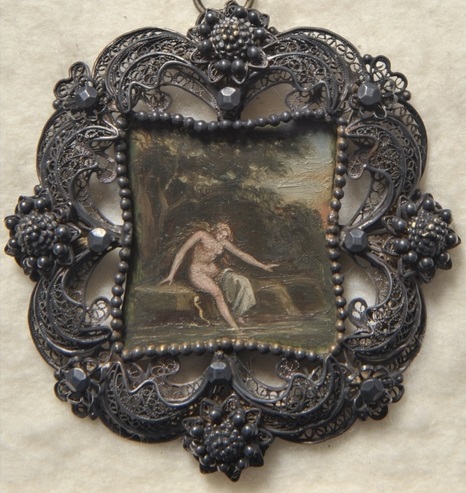 Waldsee (Forest Lake)
|
|||||||||||||||||||||||||||||||||||||||||||||||
|
If anyone knows of any pictorical remains of any of these monumental artworks, please contact me. |
|||||||||||||||||||||||||||||||||||||||||||||||
[HOME][POPULAR RETELLINGS]
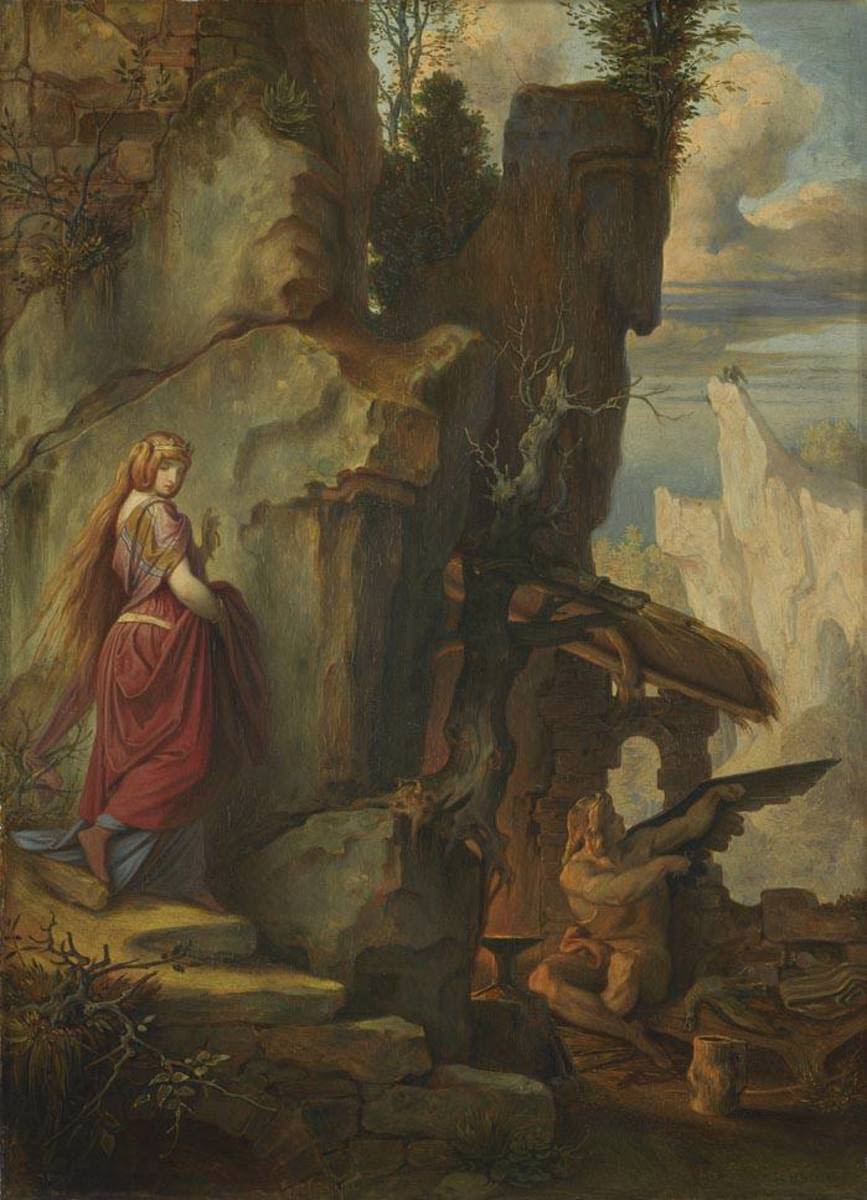
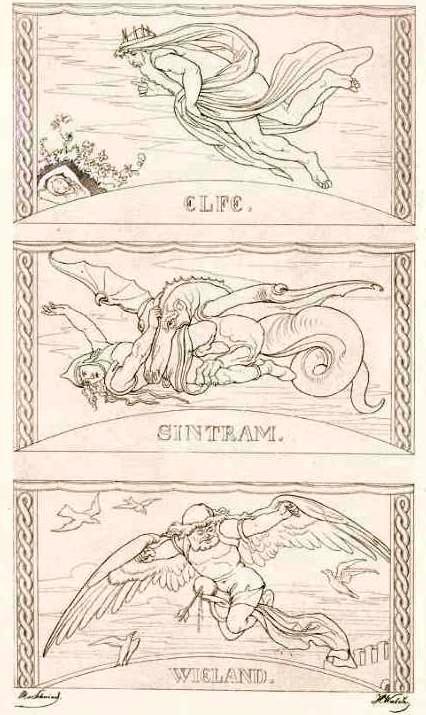

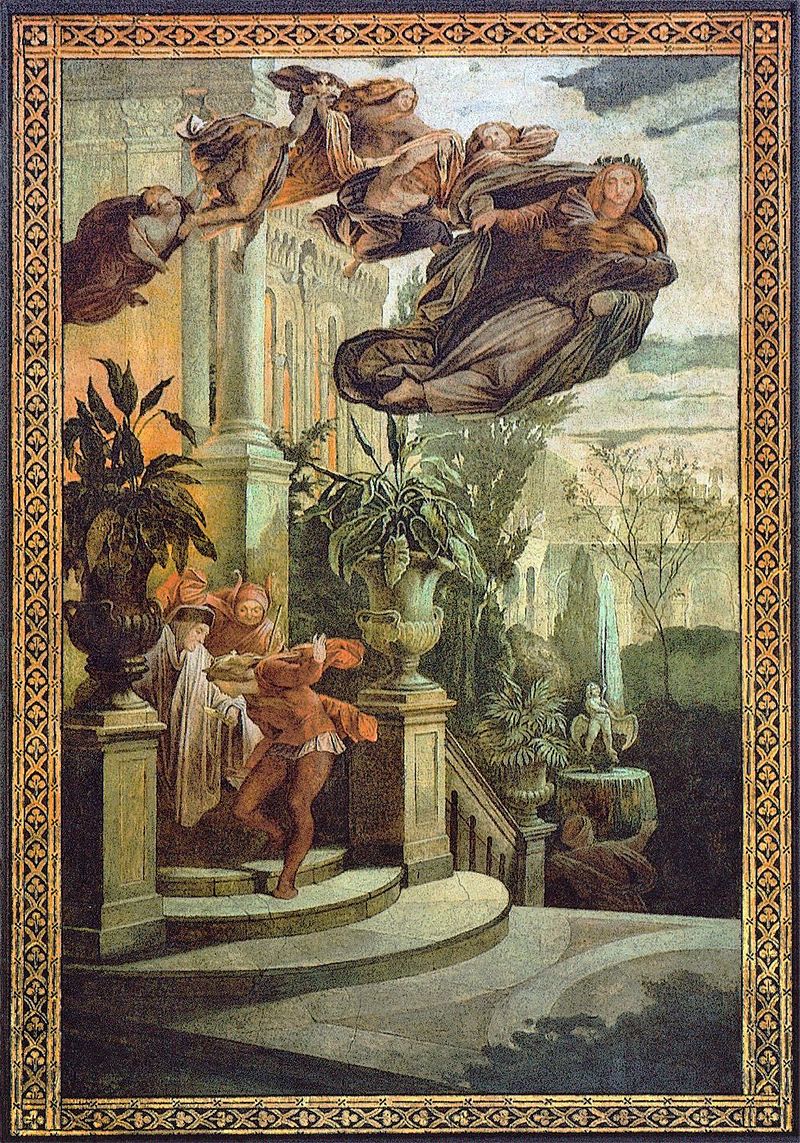
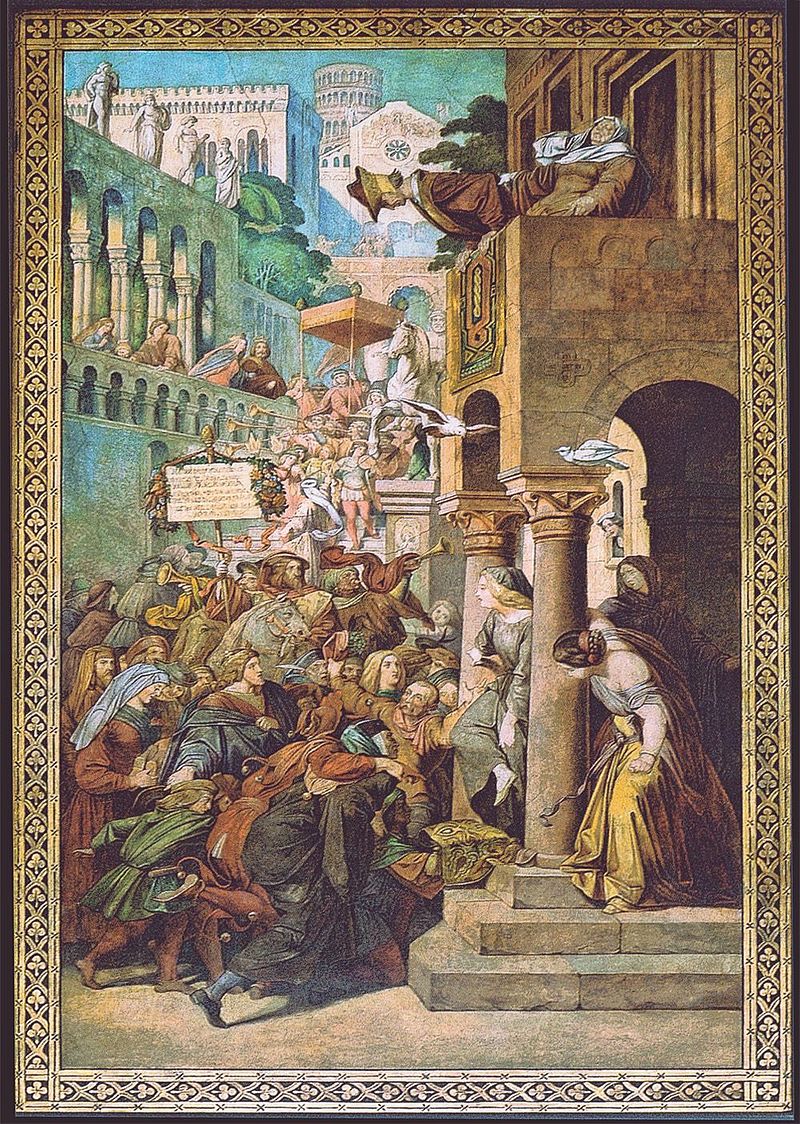
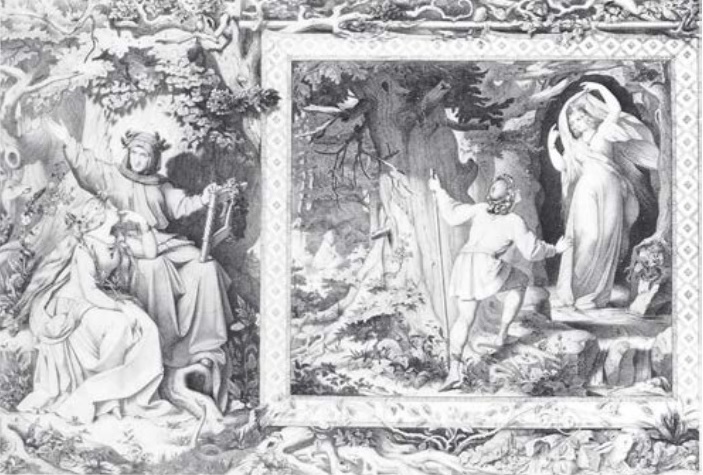
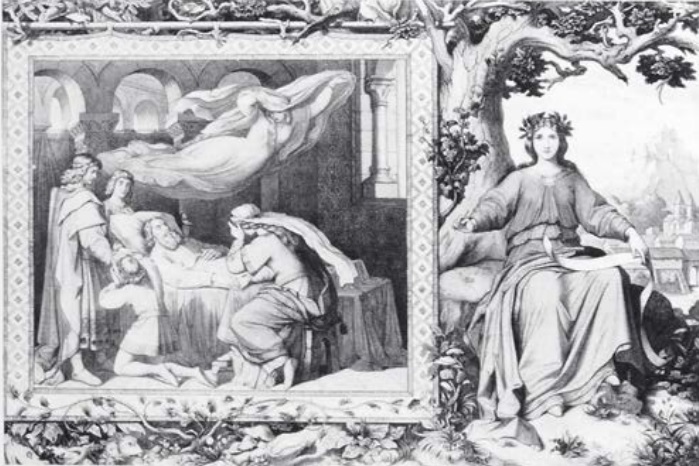
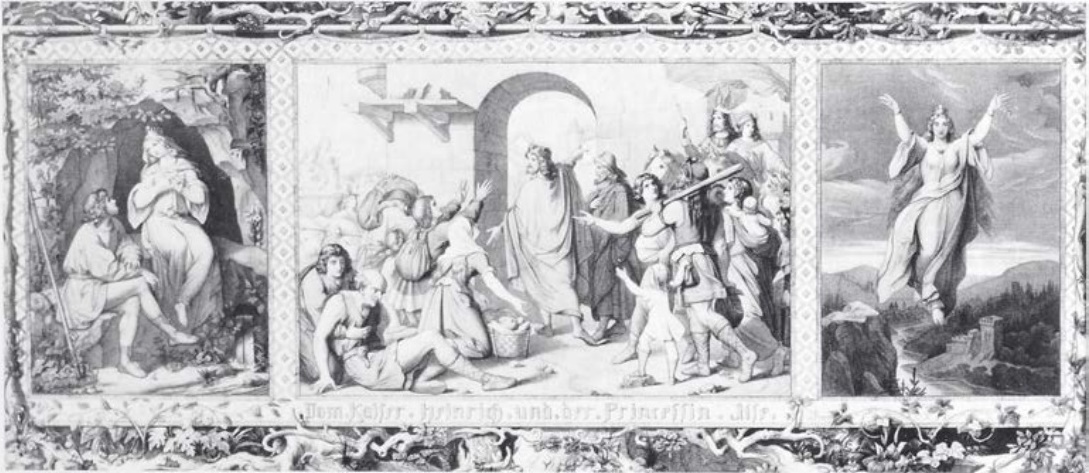
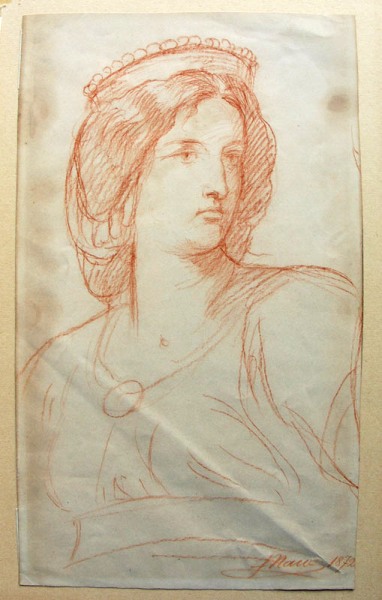
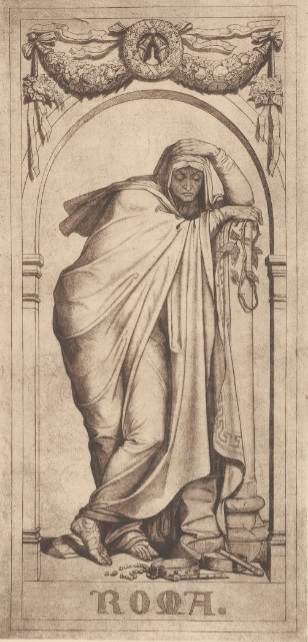
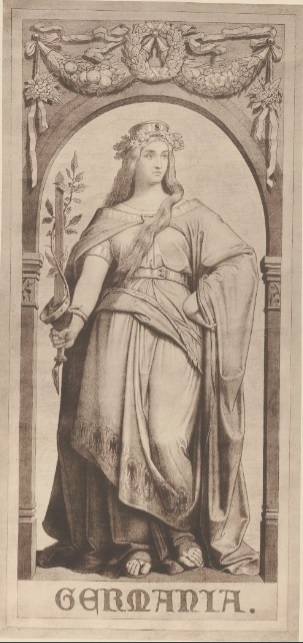
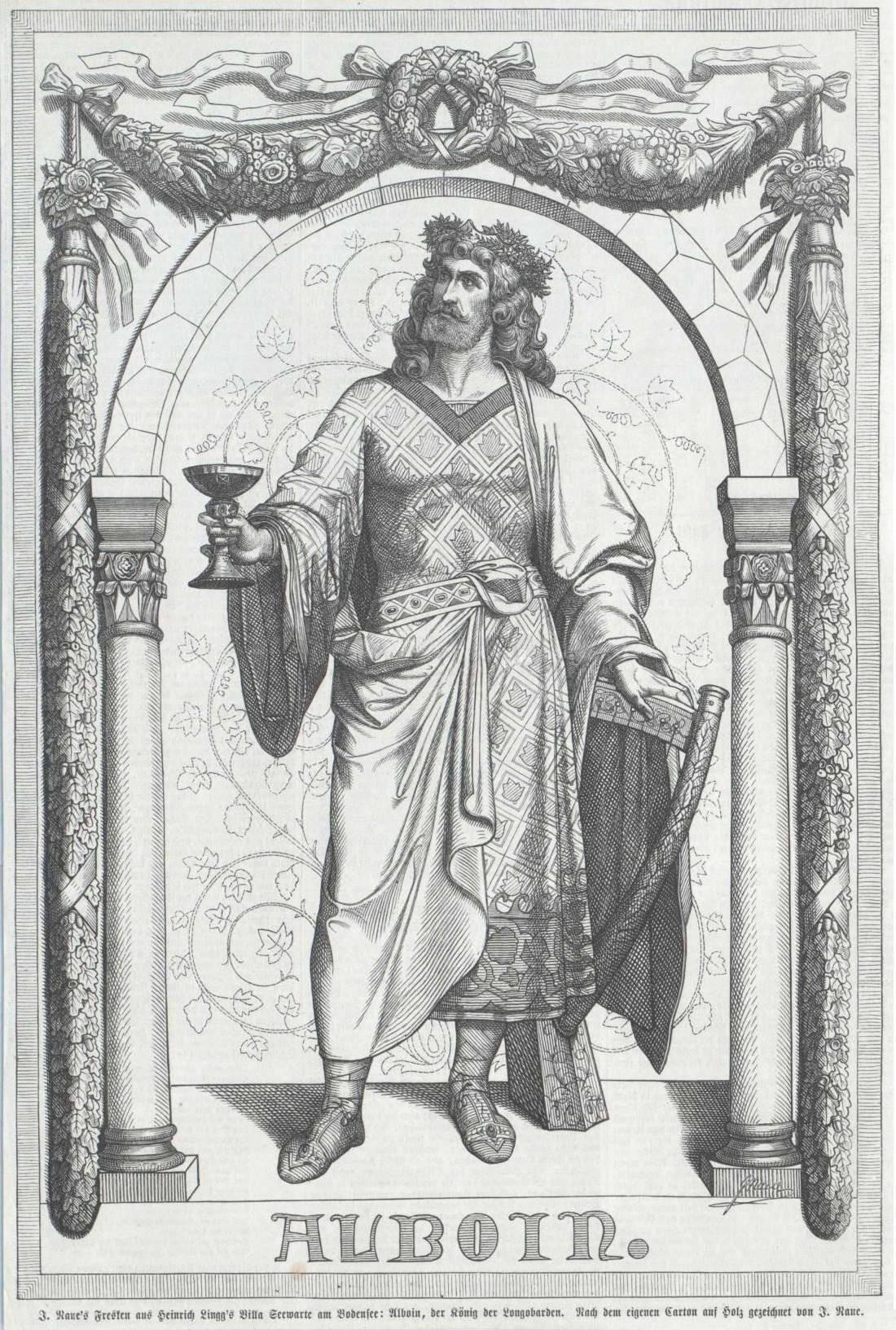
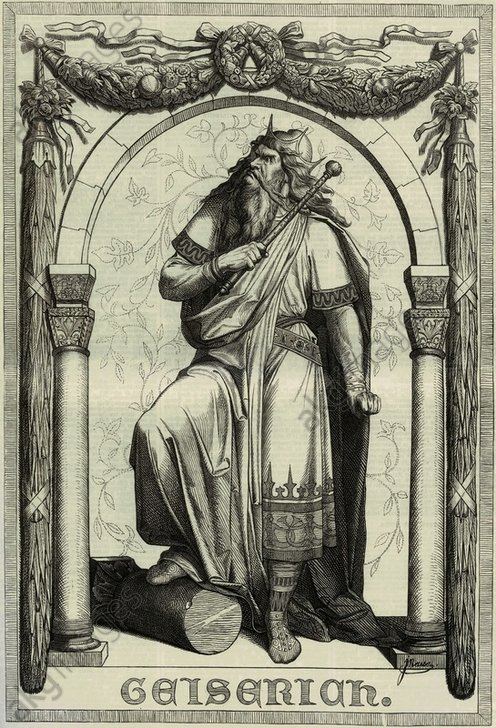
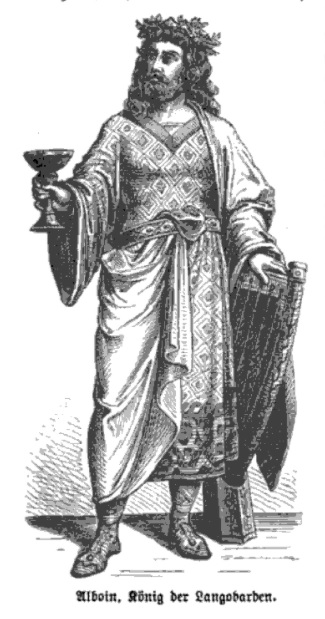
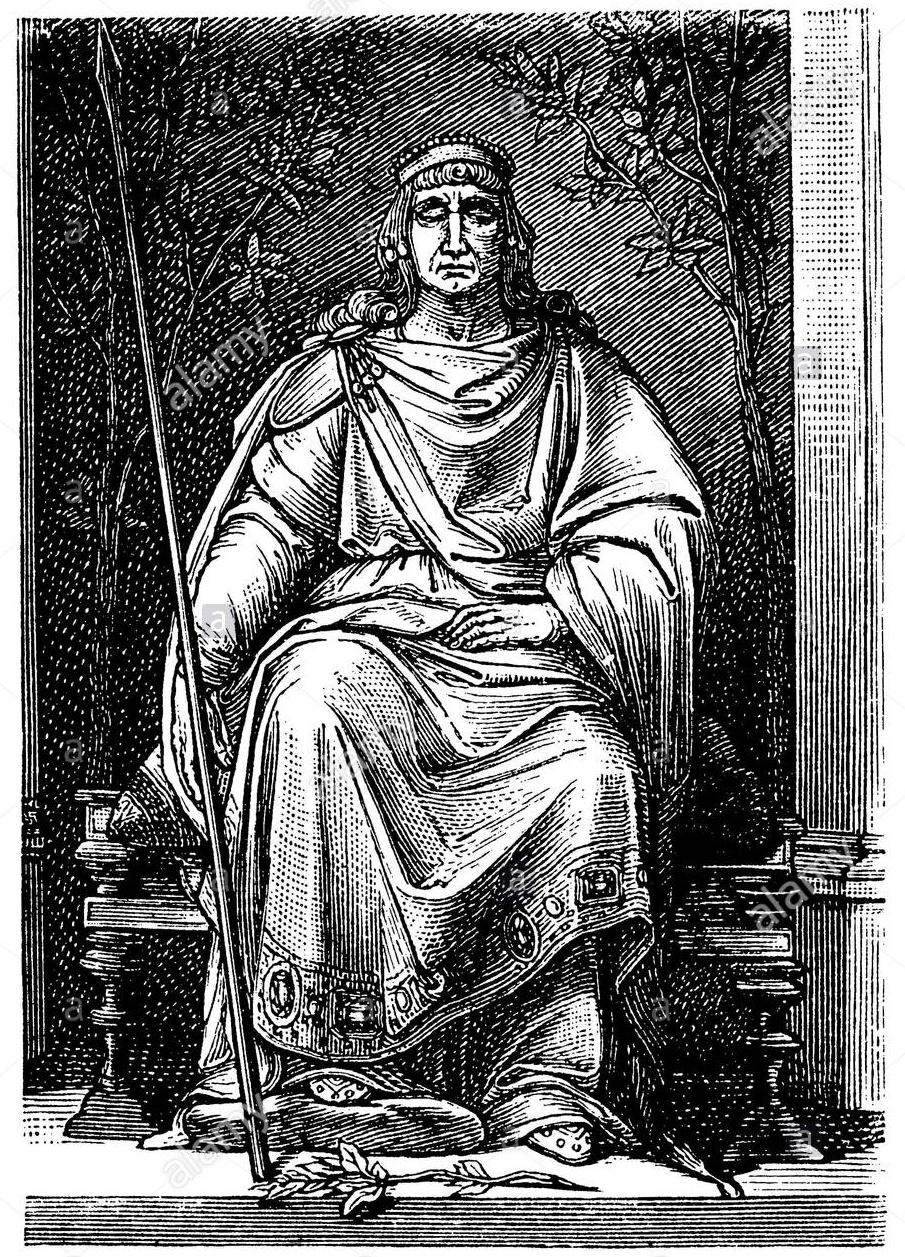
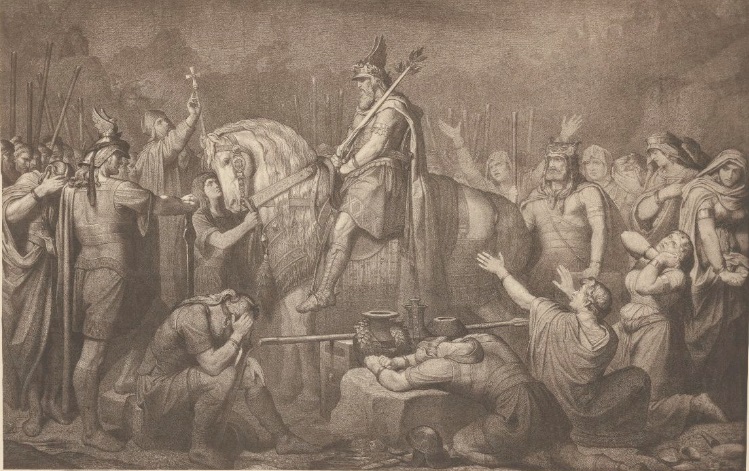
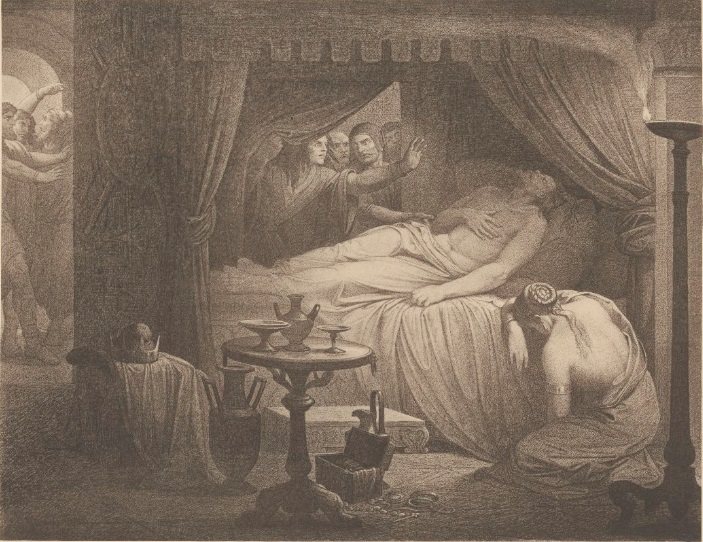
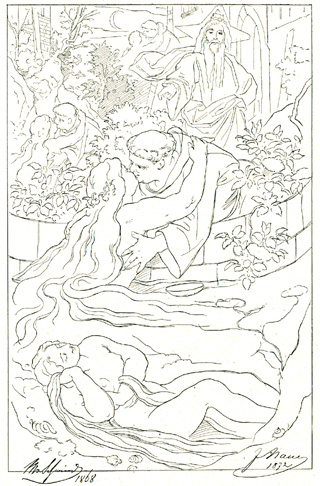
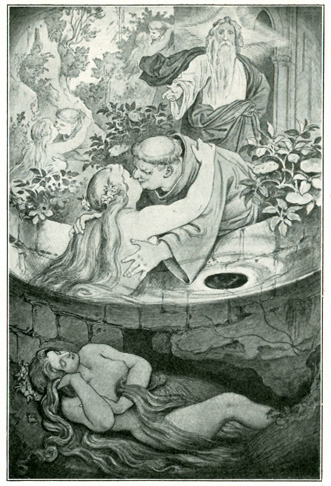
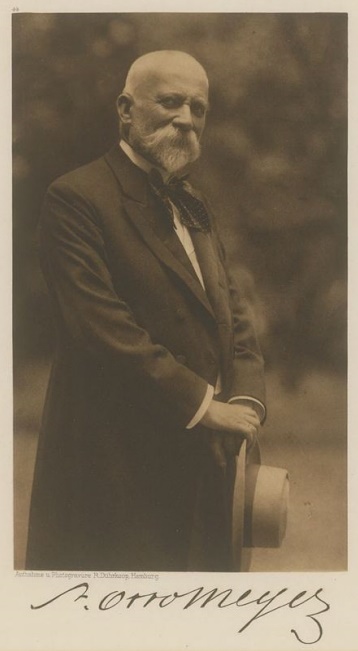

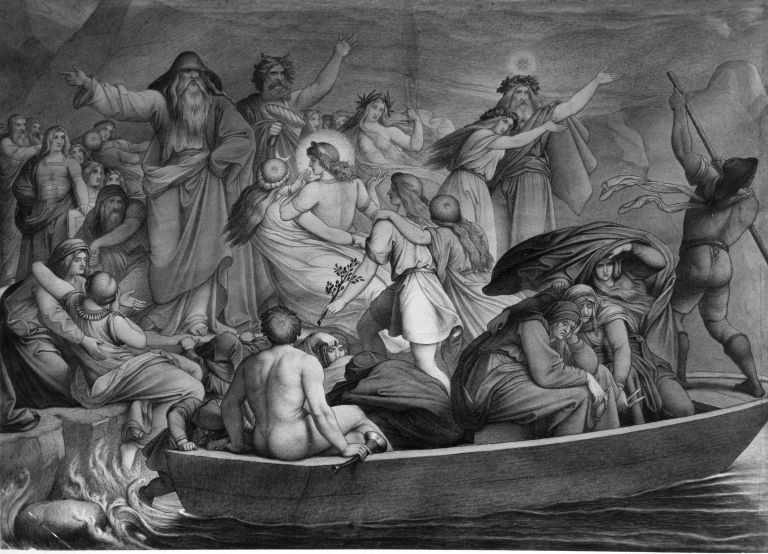
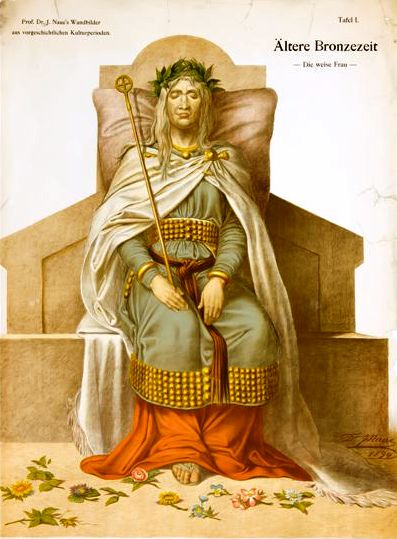
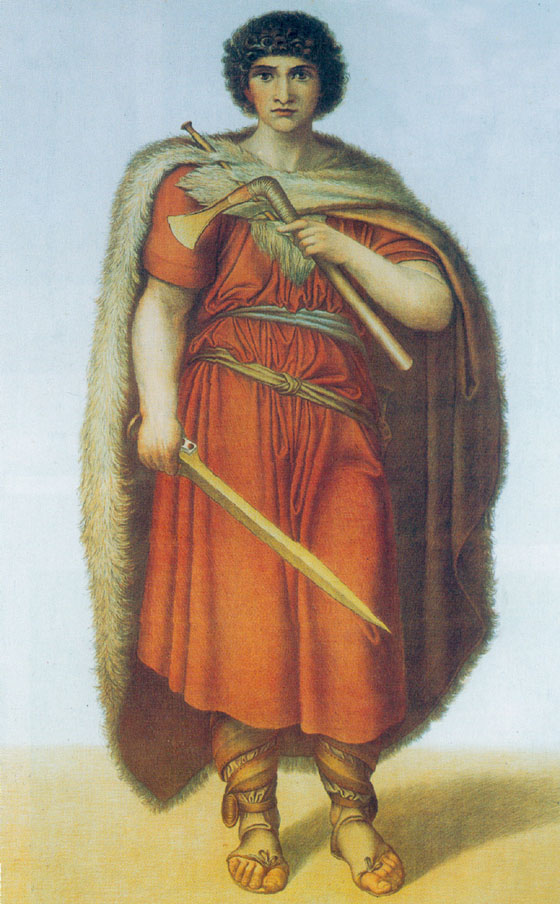
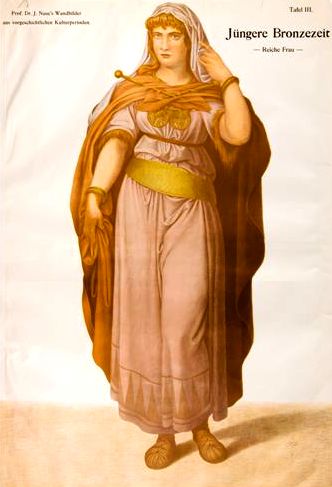
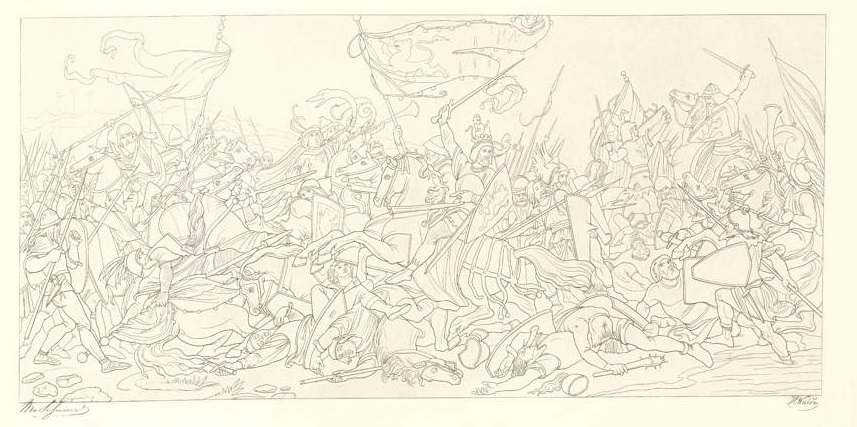
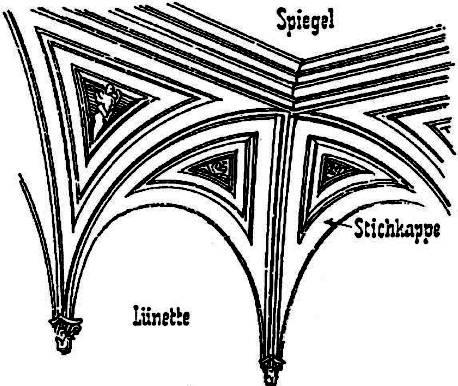
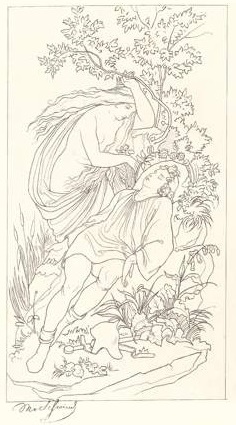
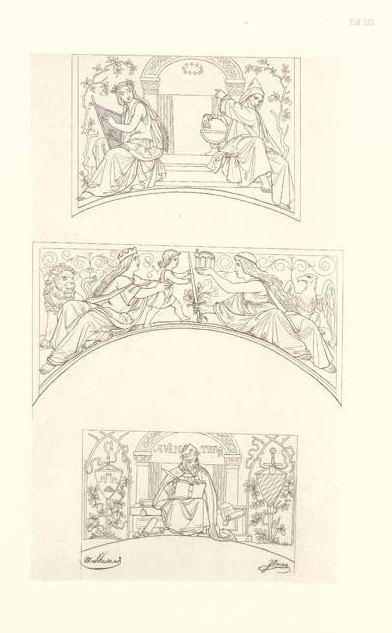
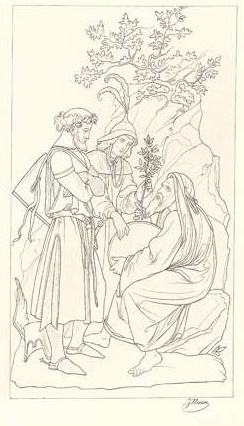
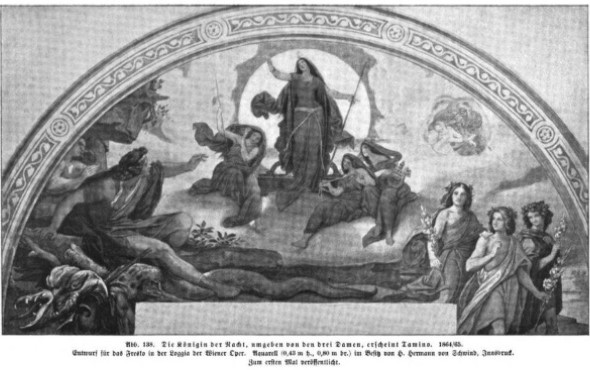
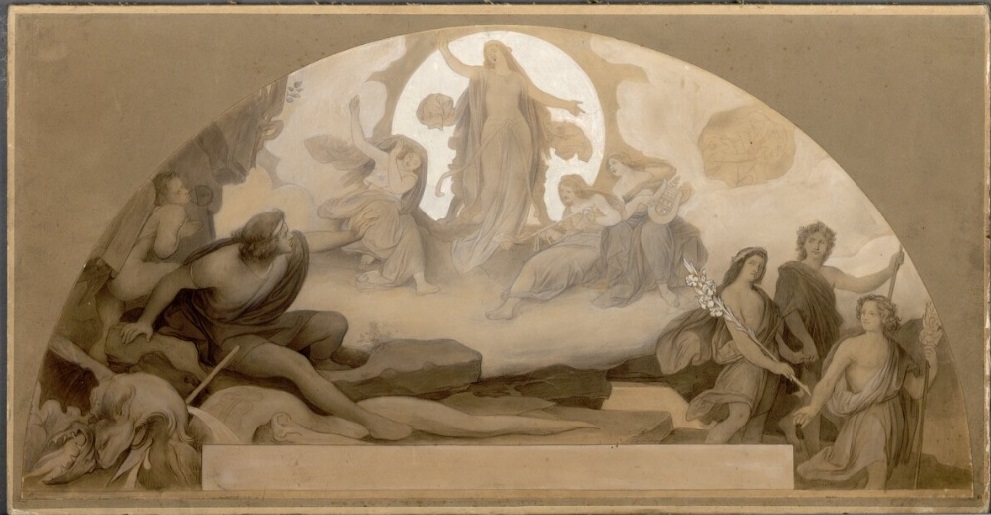
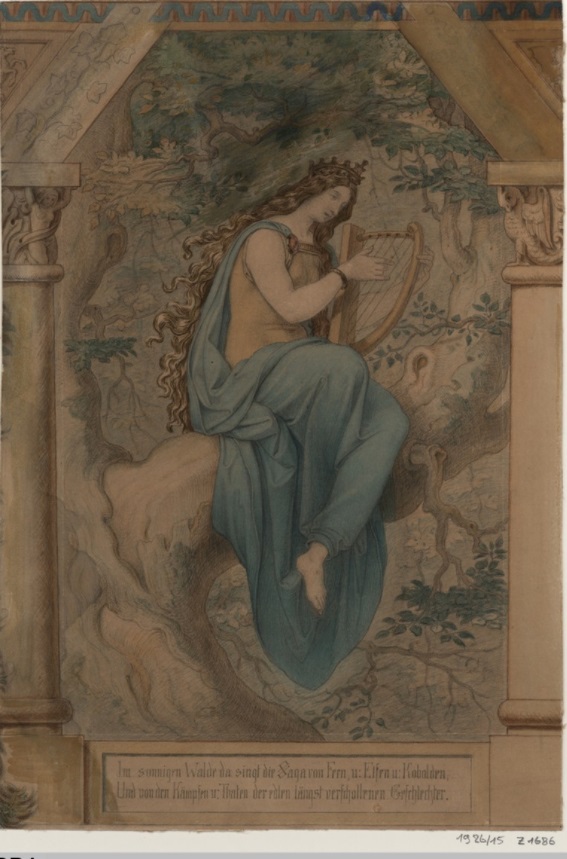
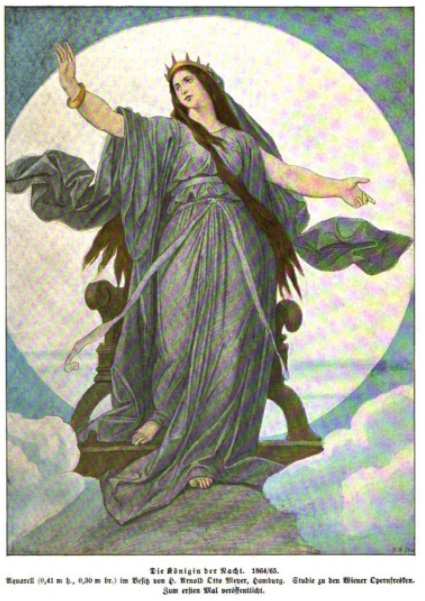
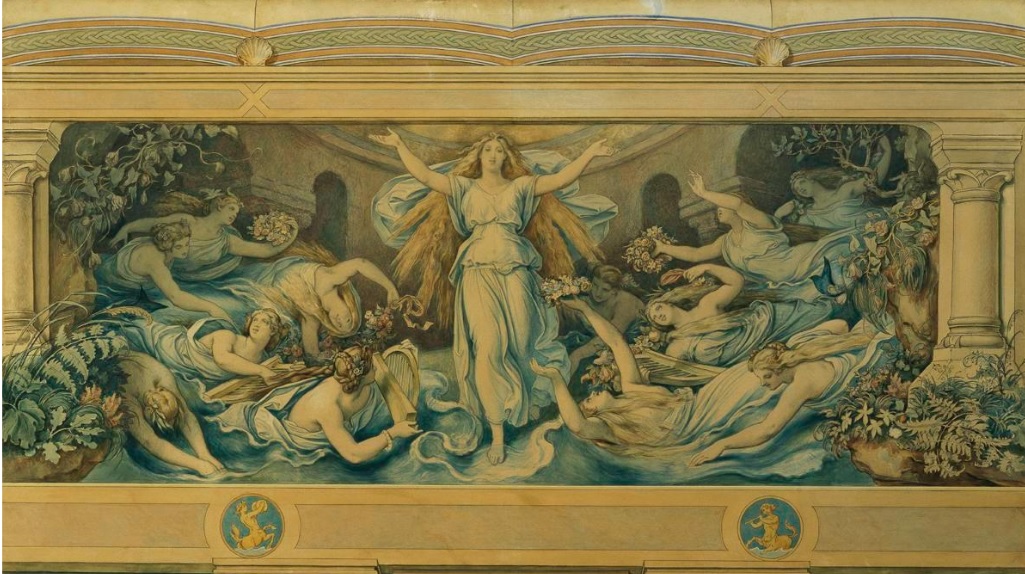
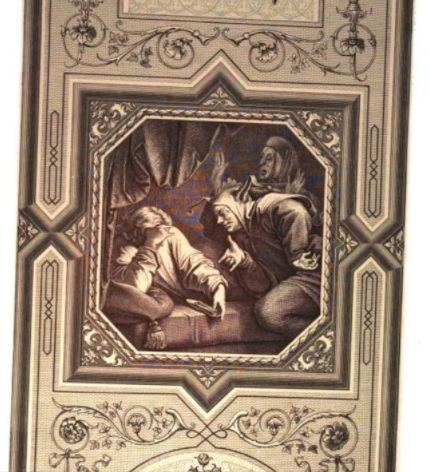
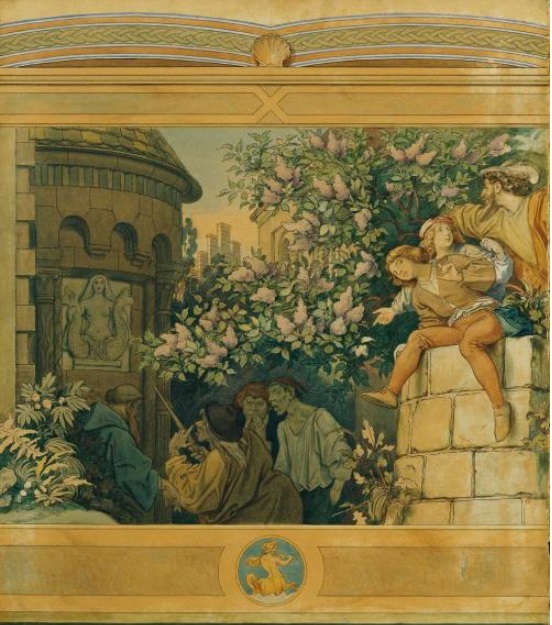
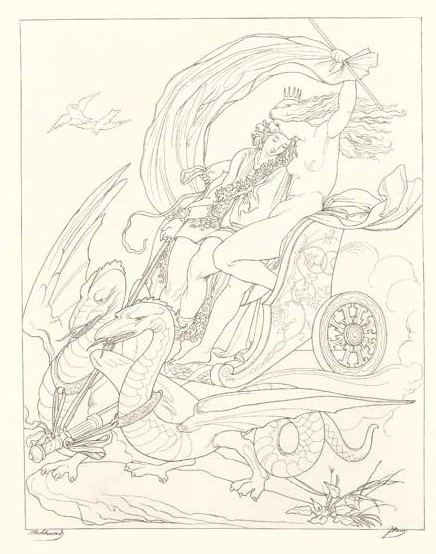
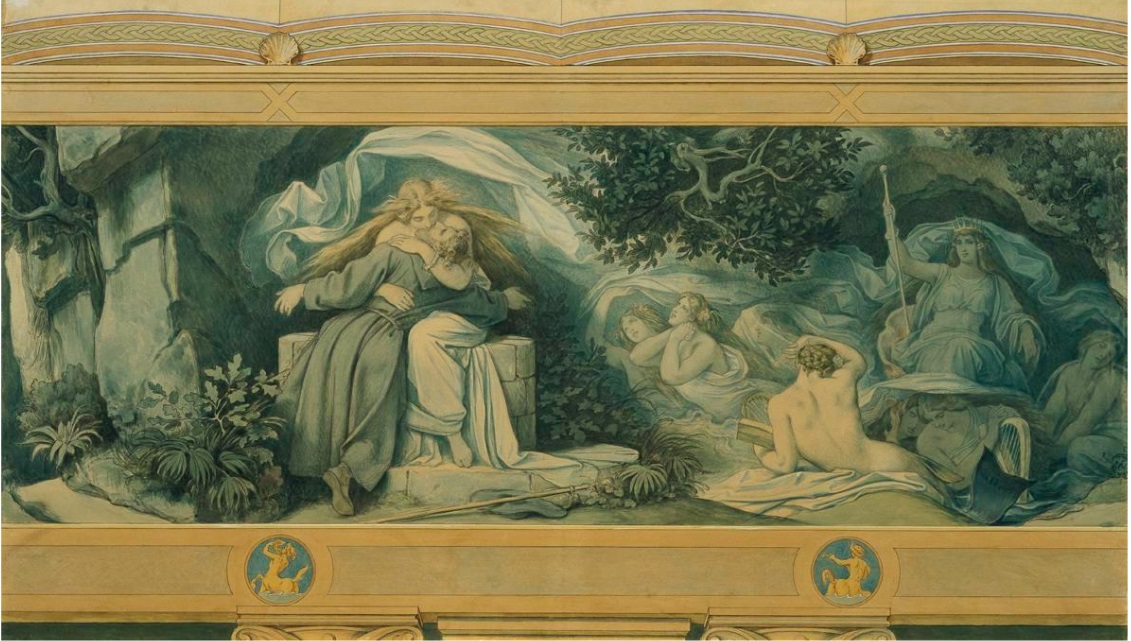
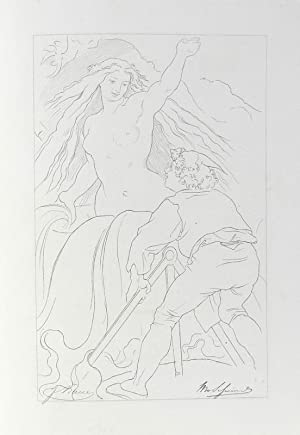
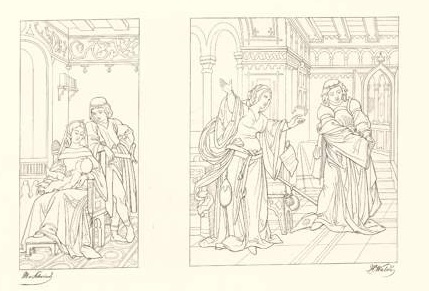
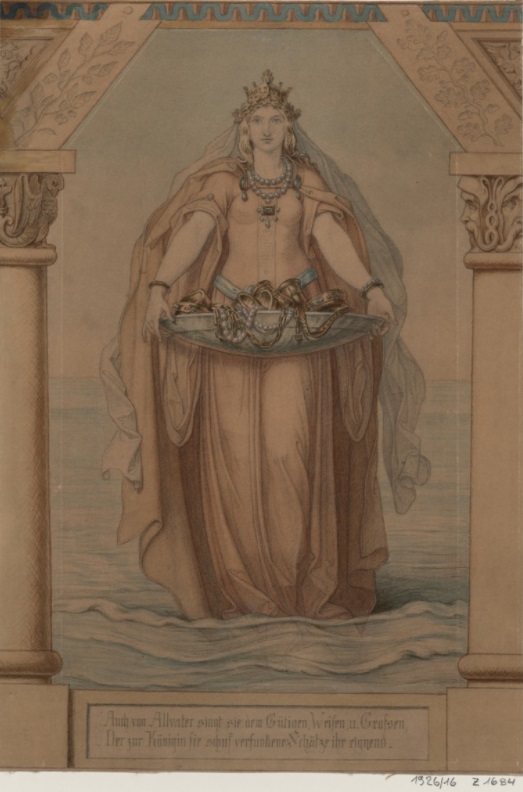
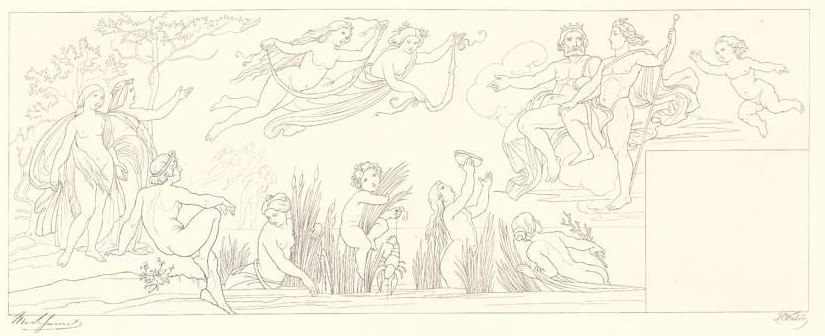
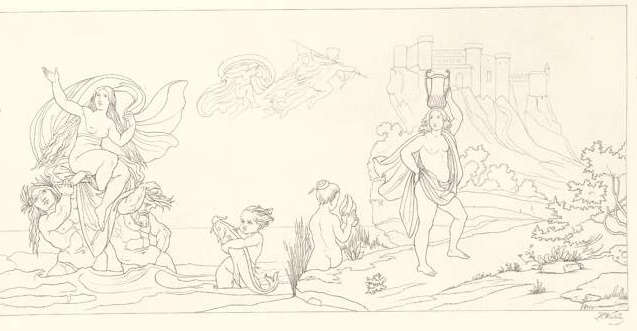
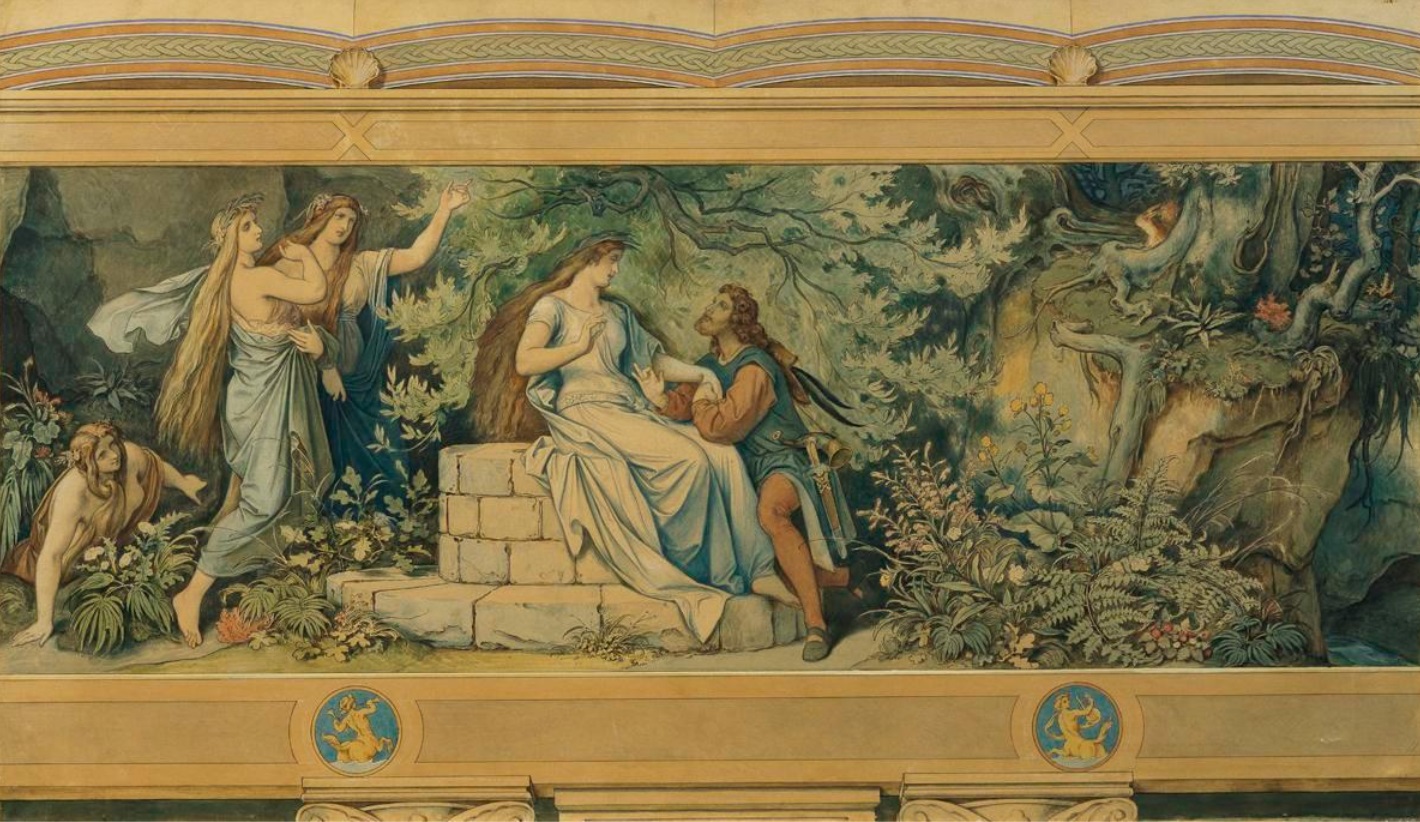
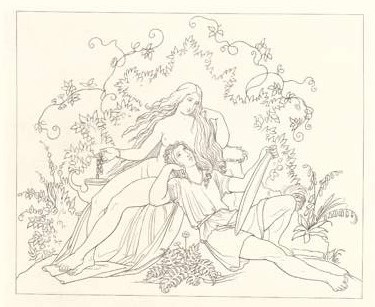
.jpg)
